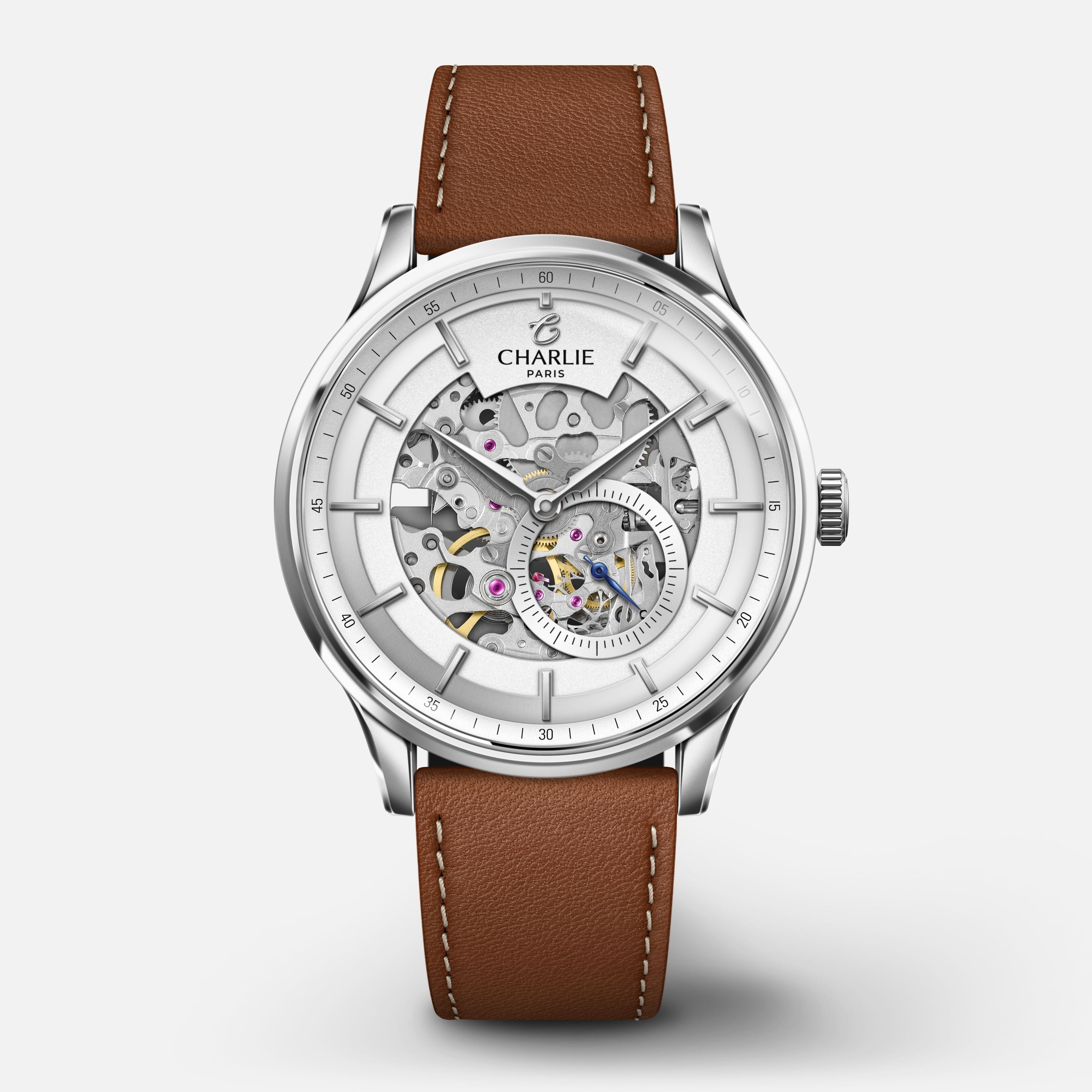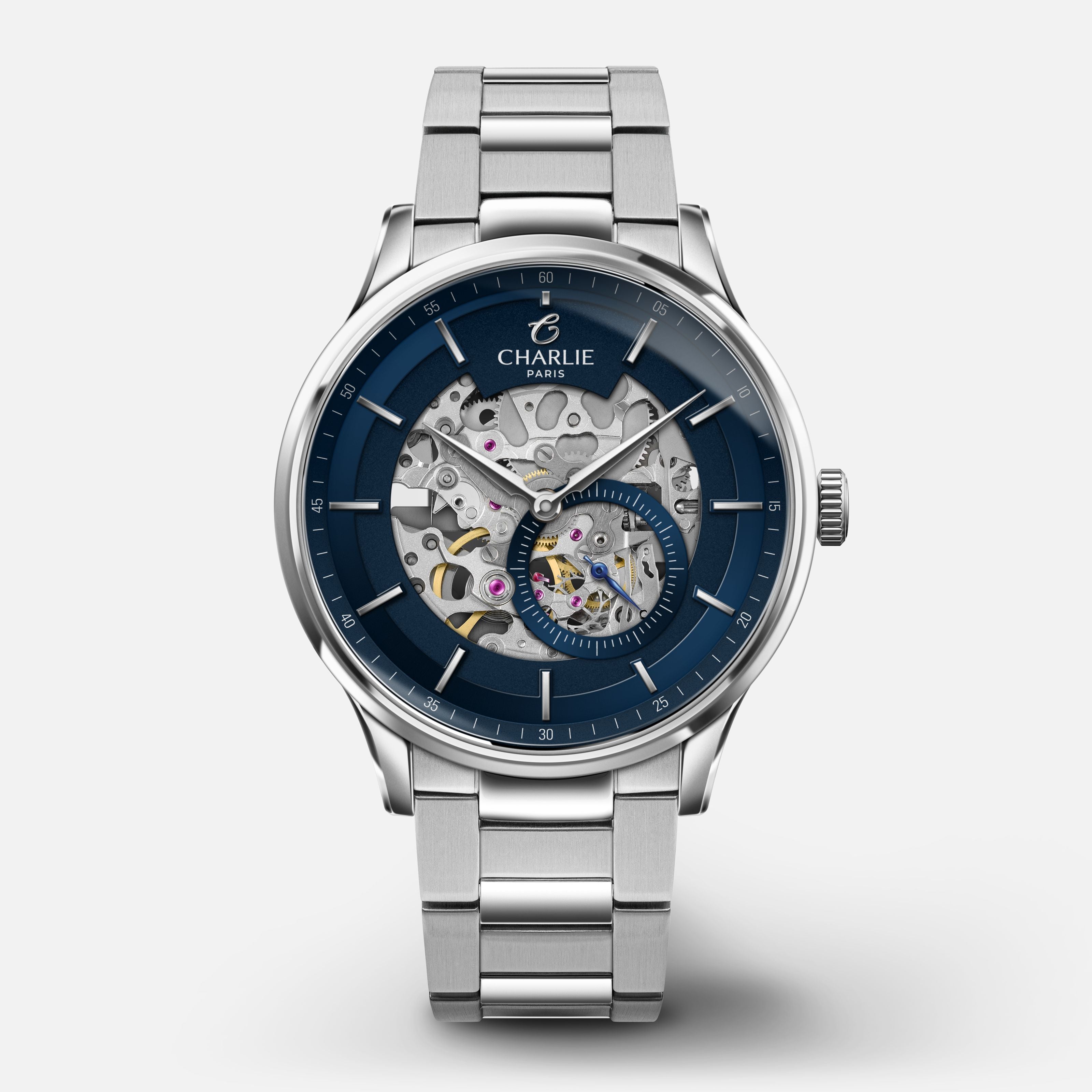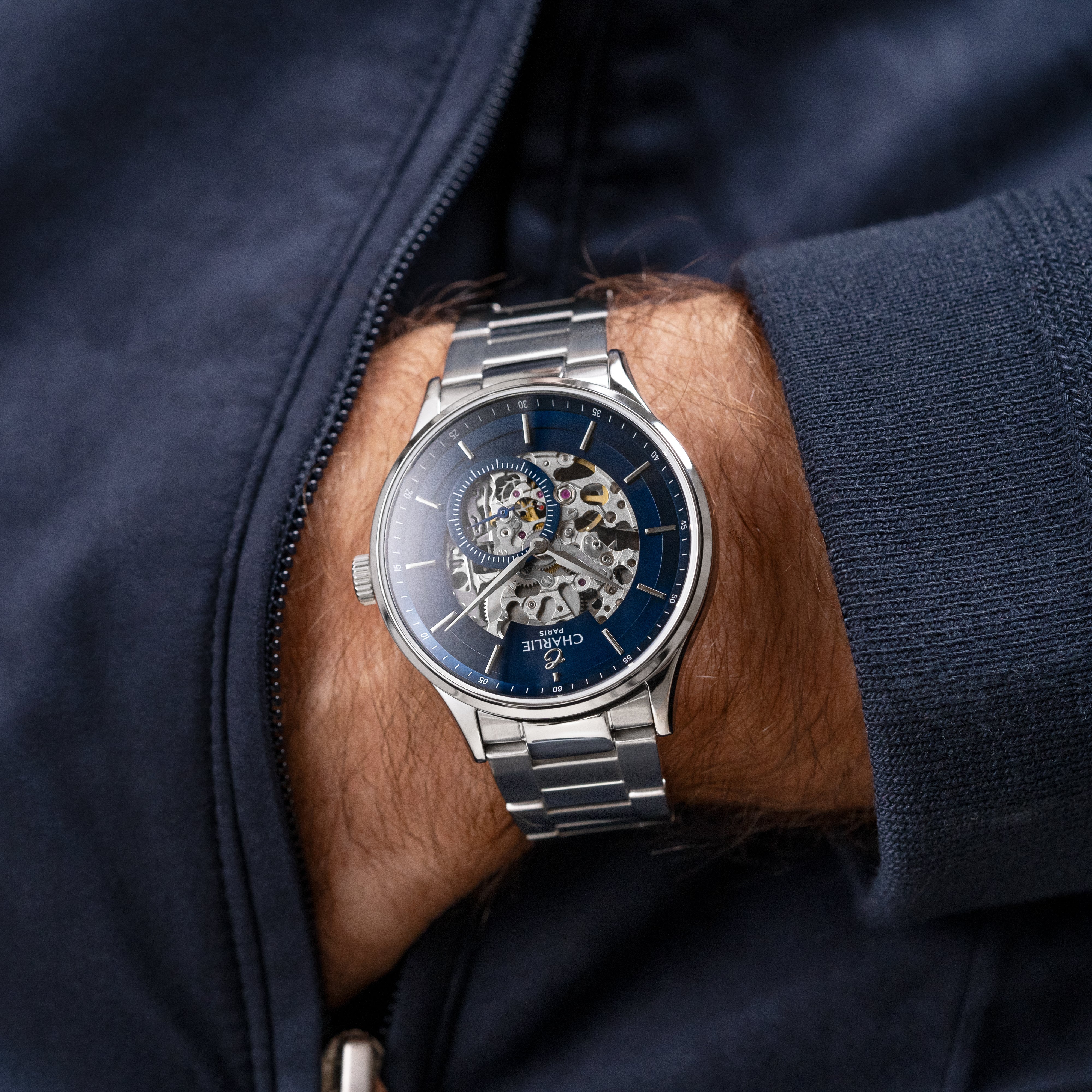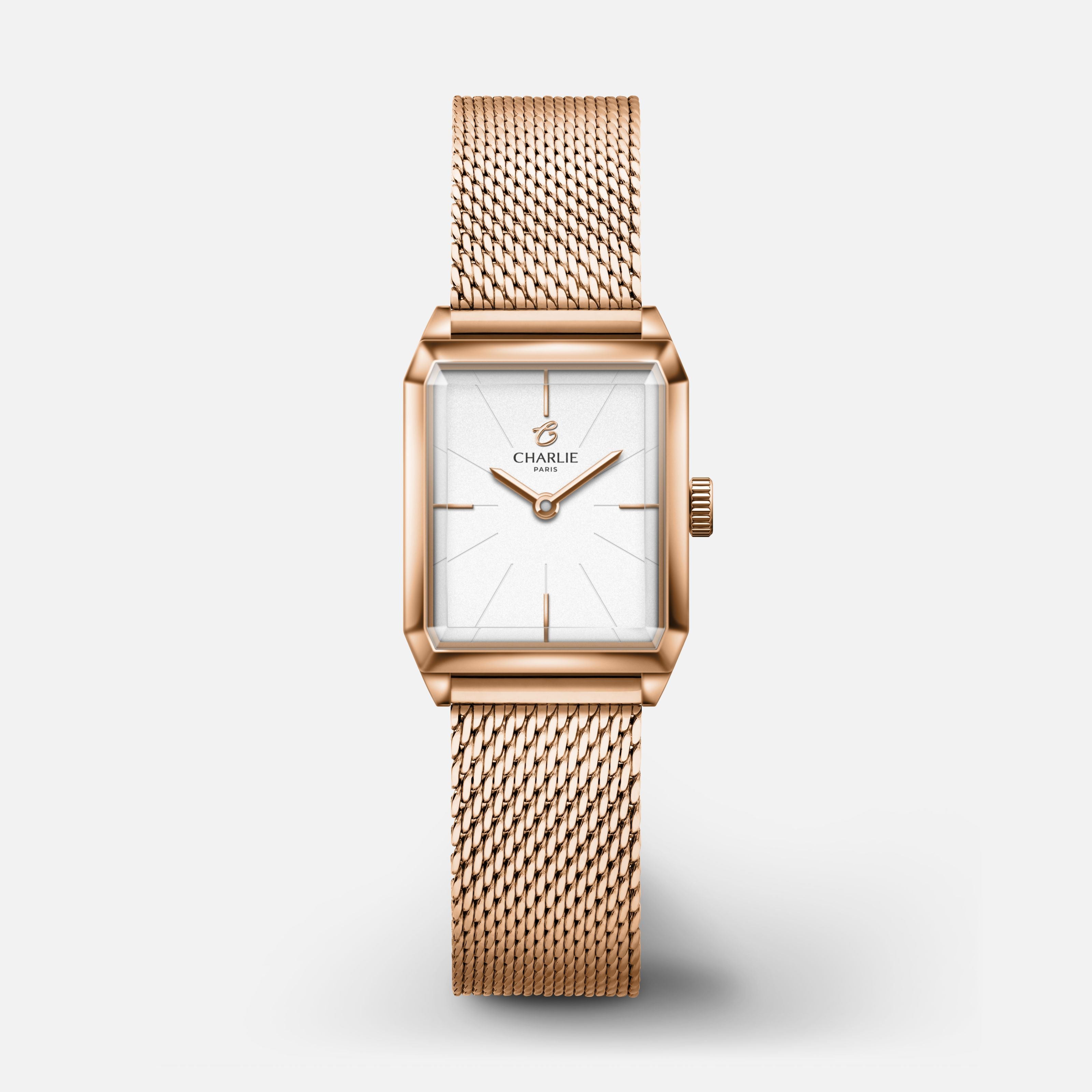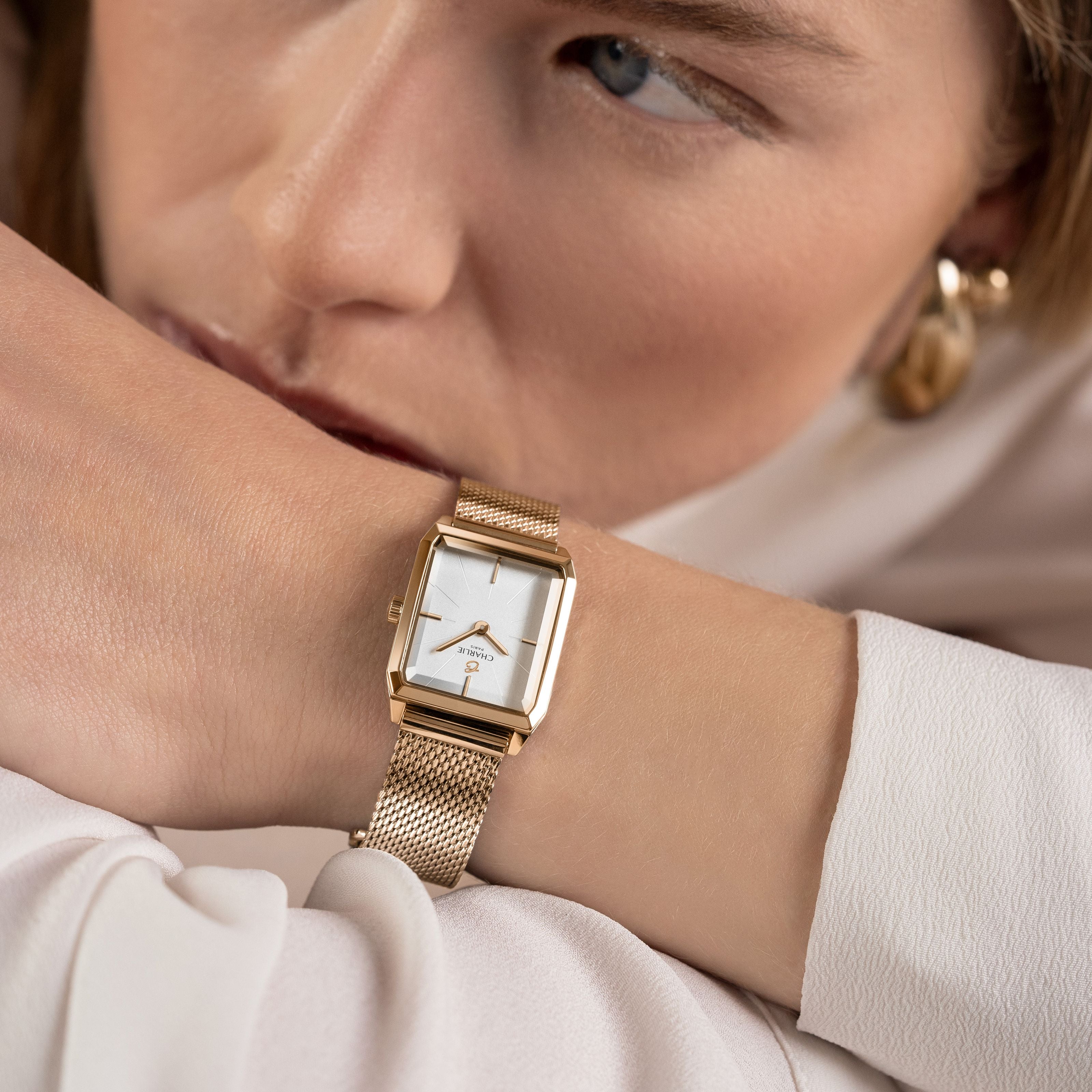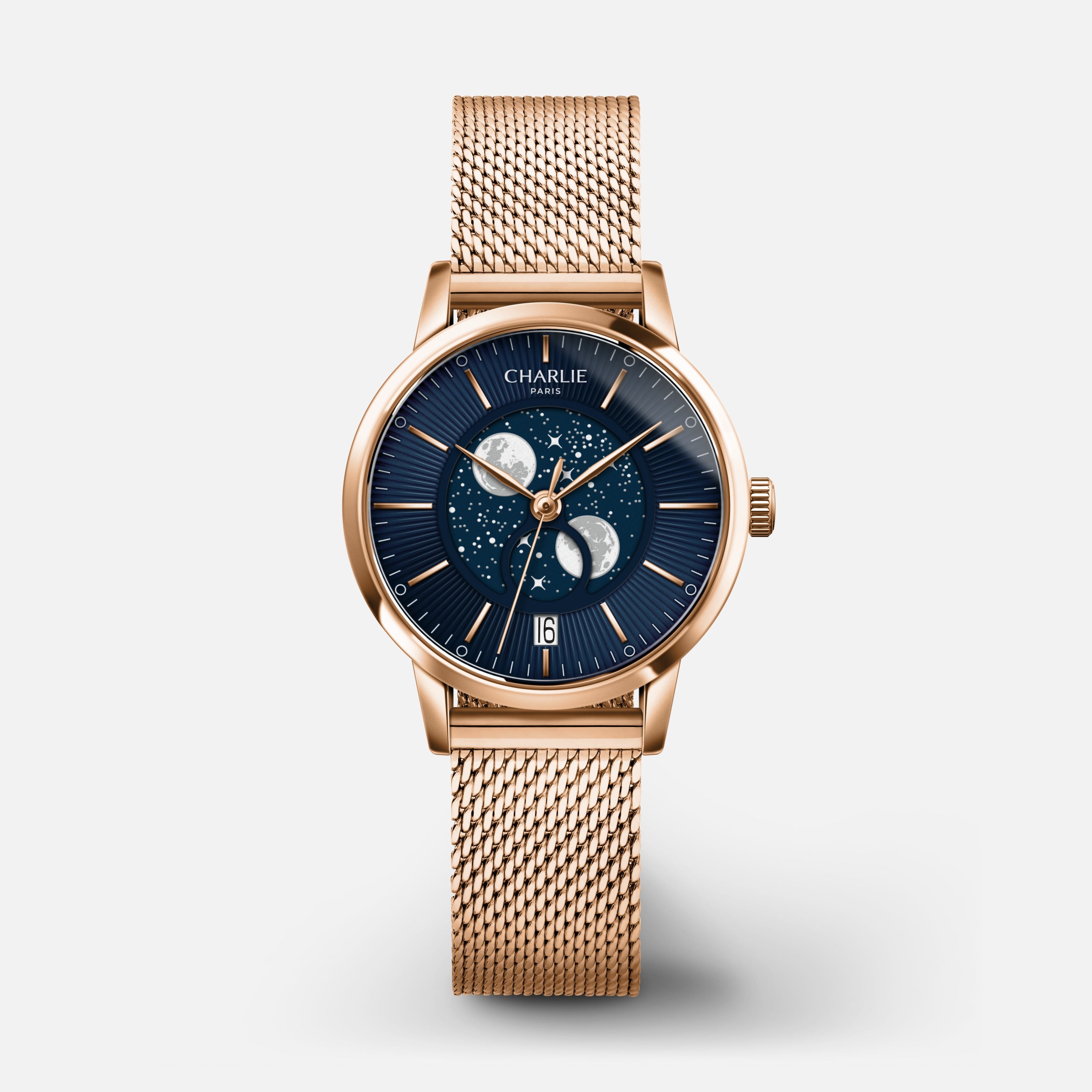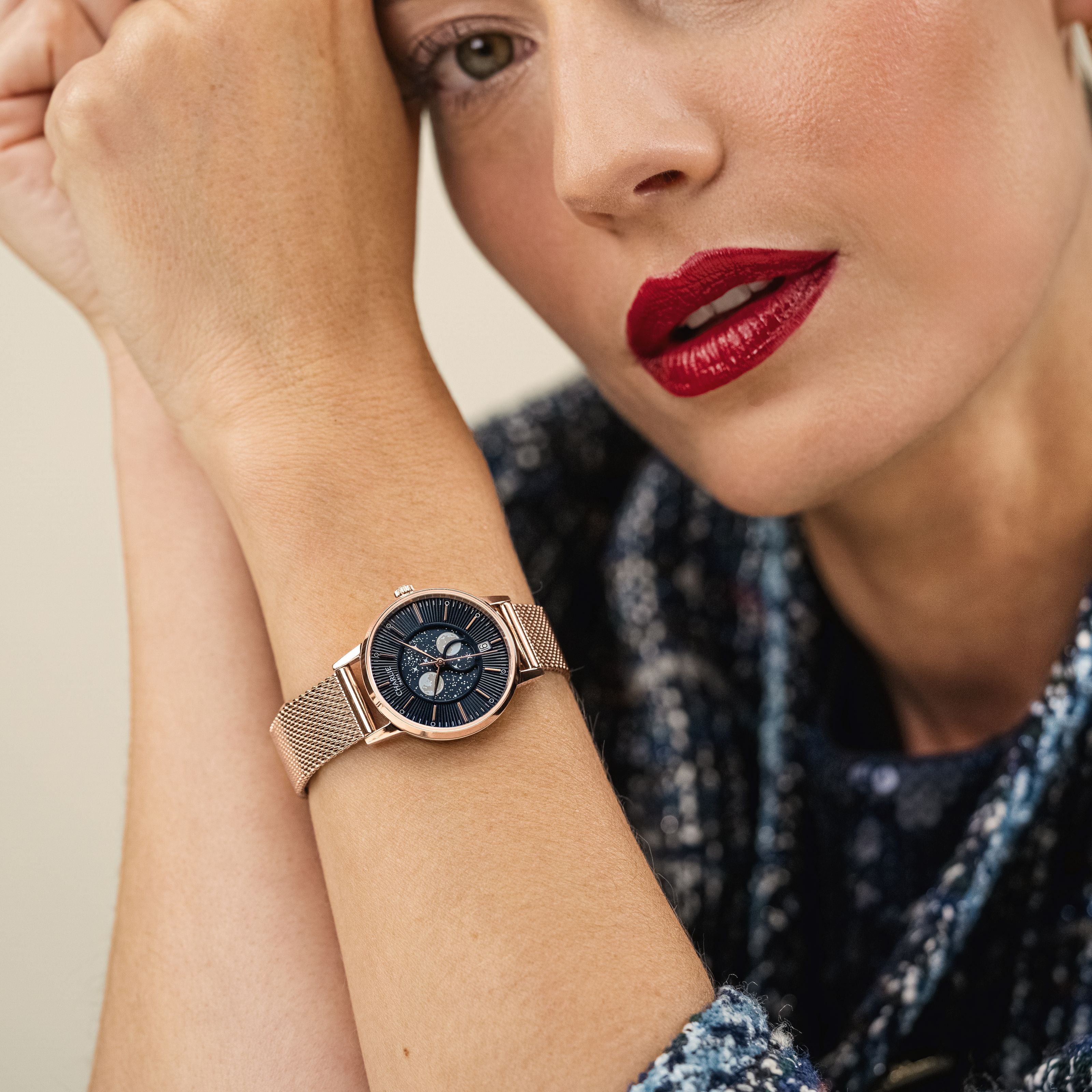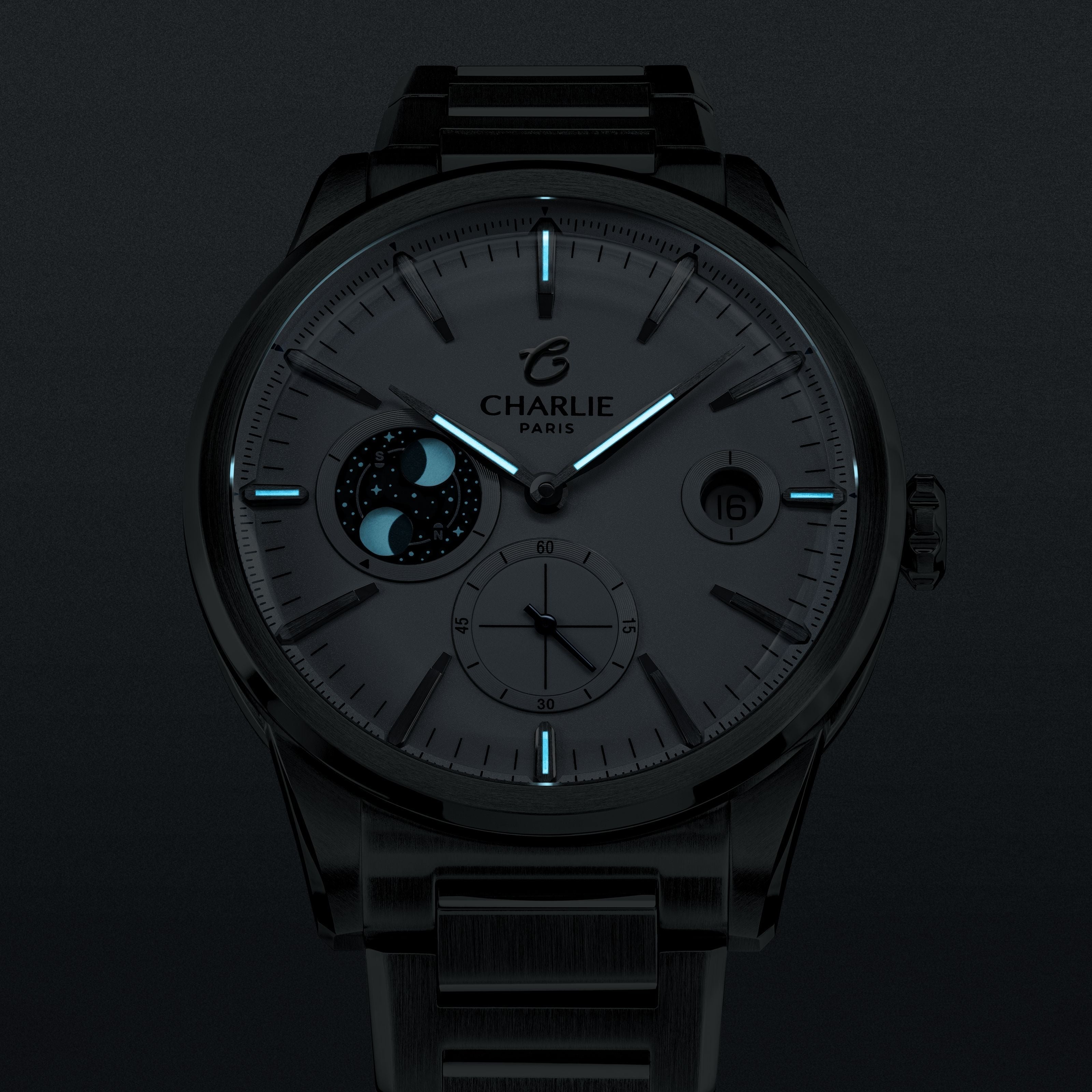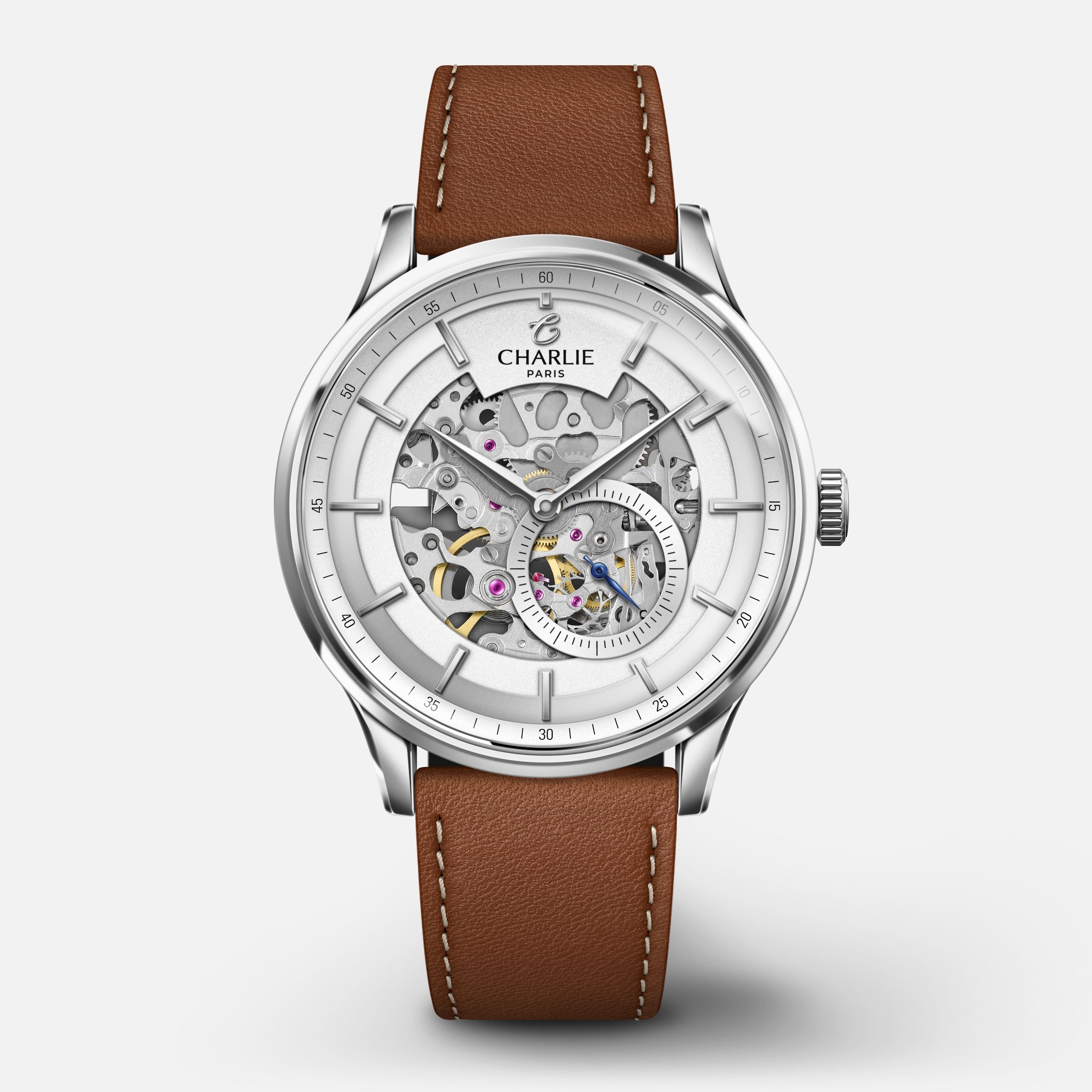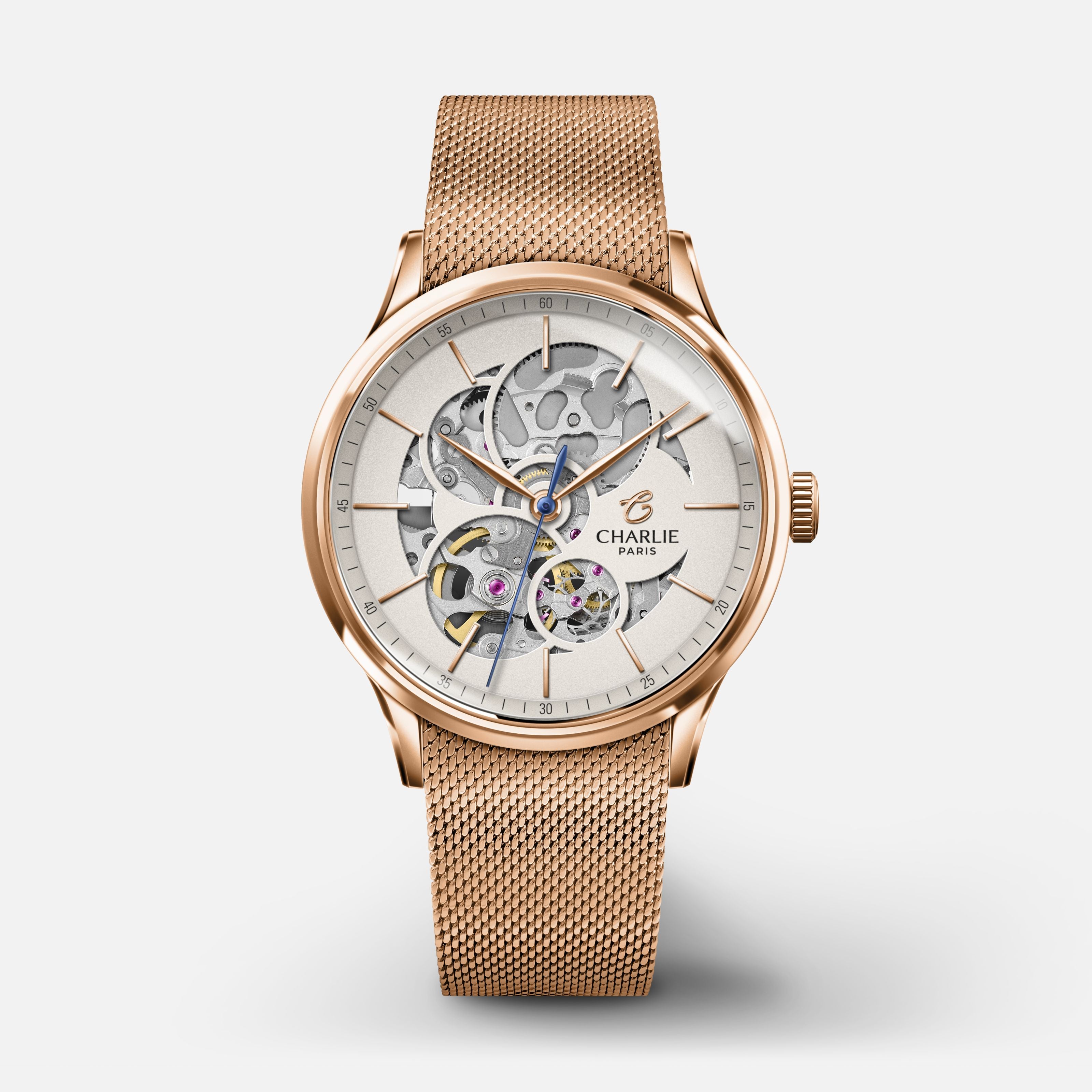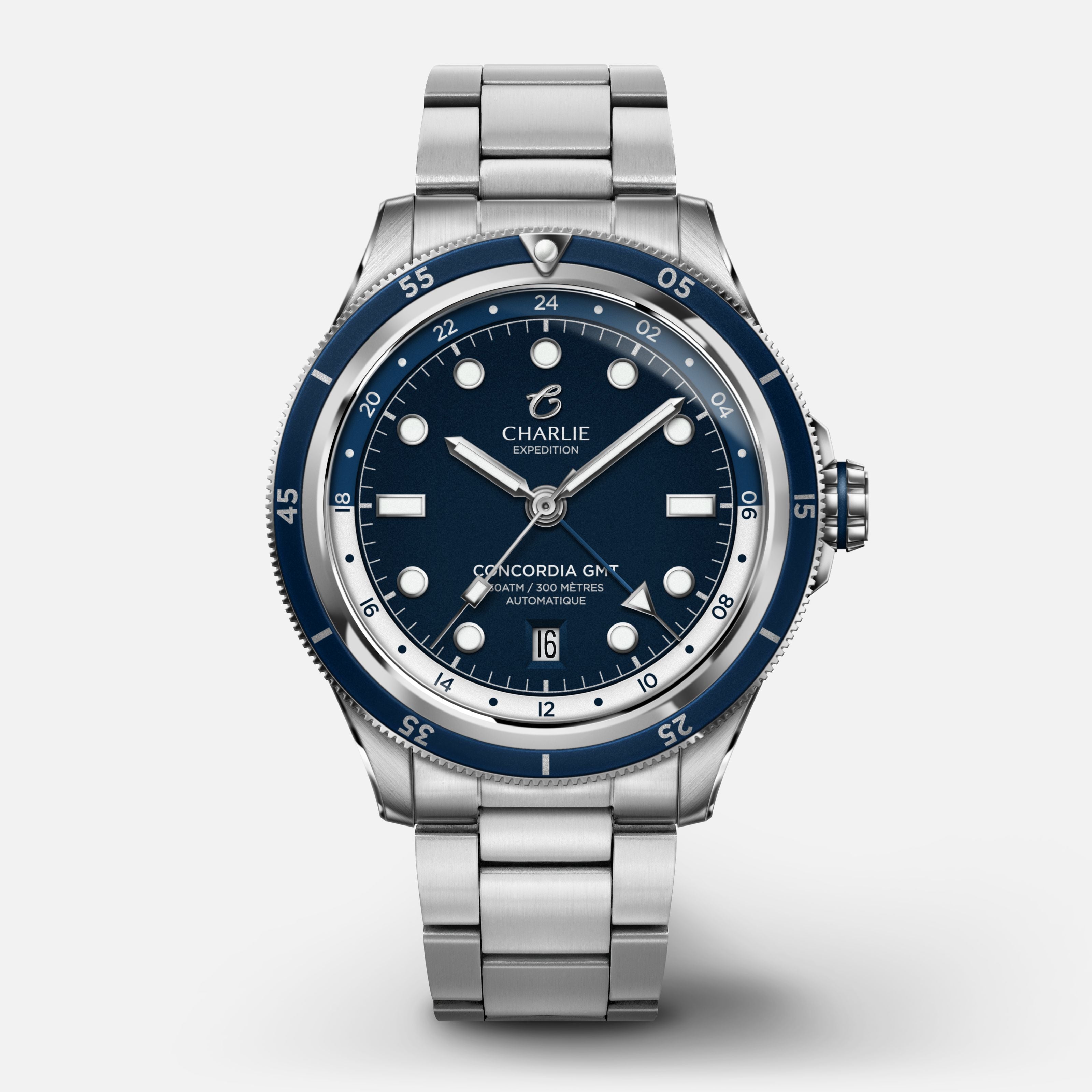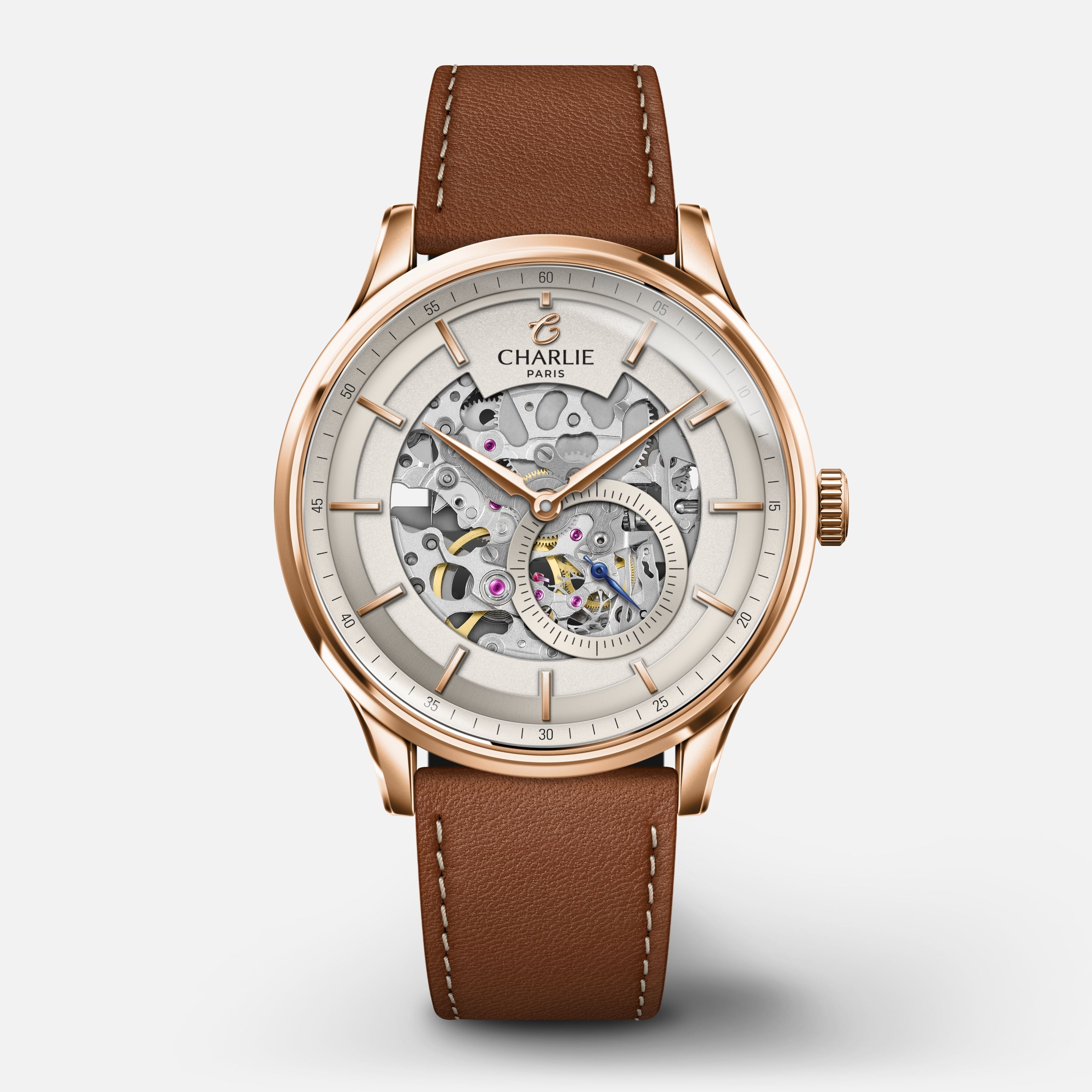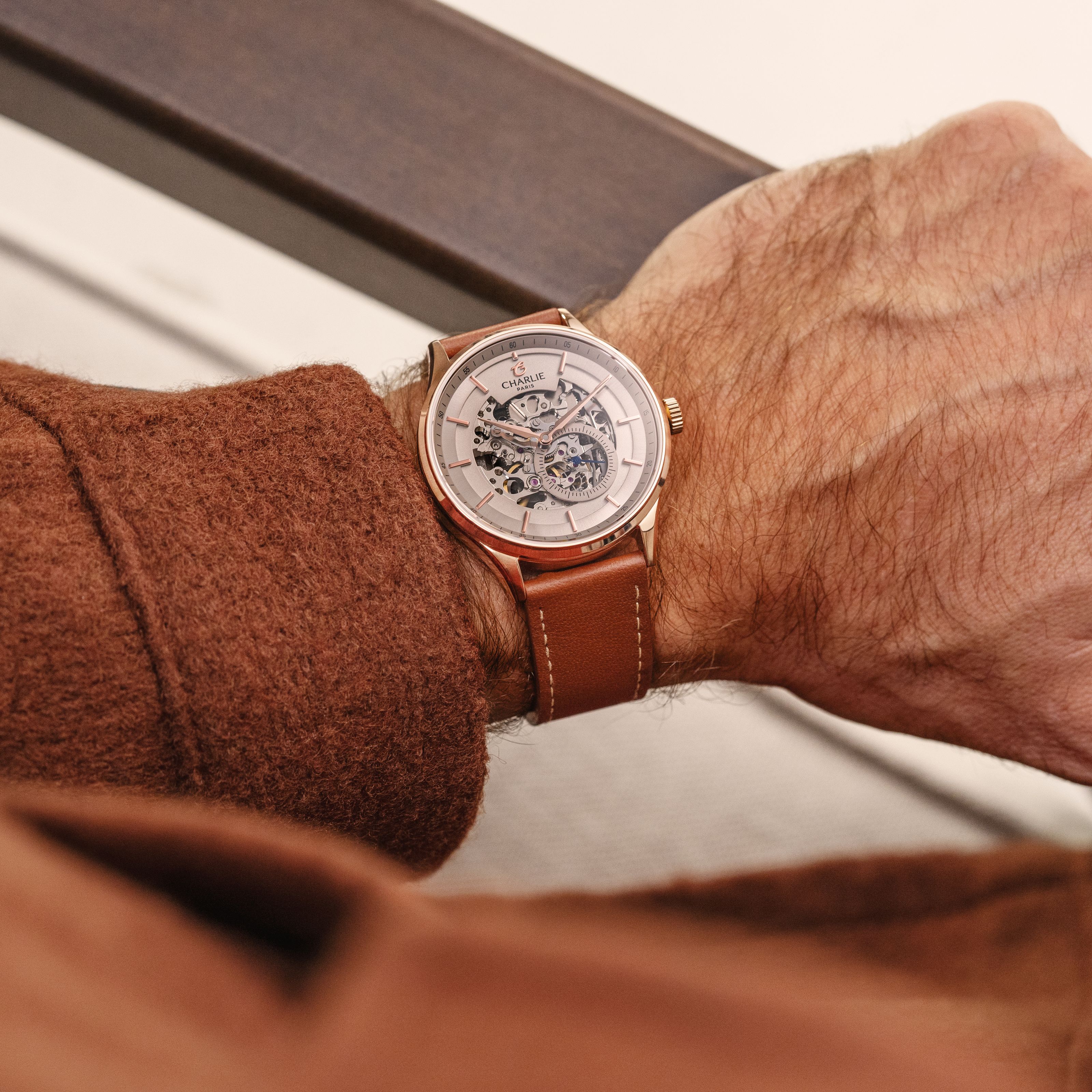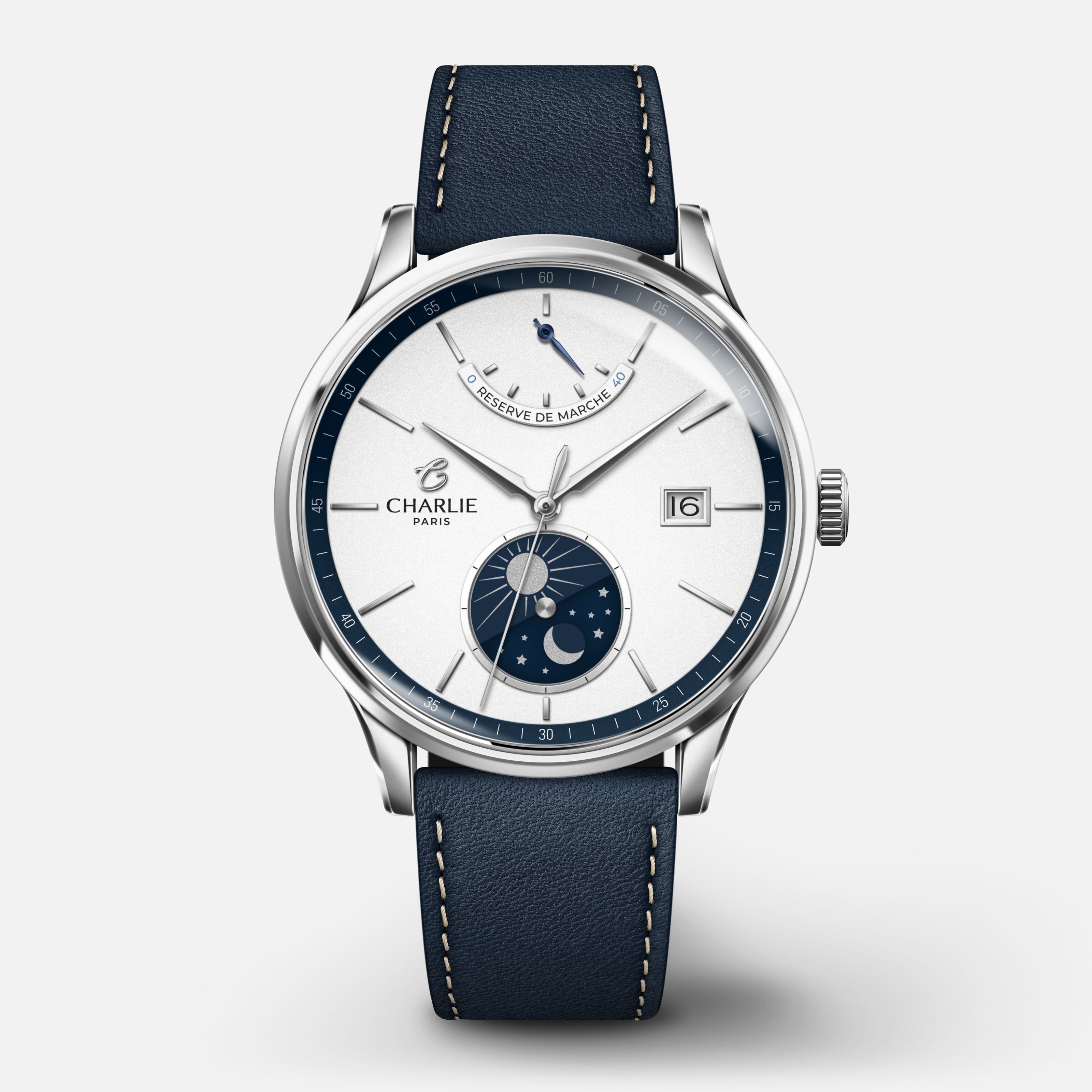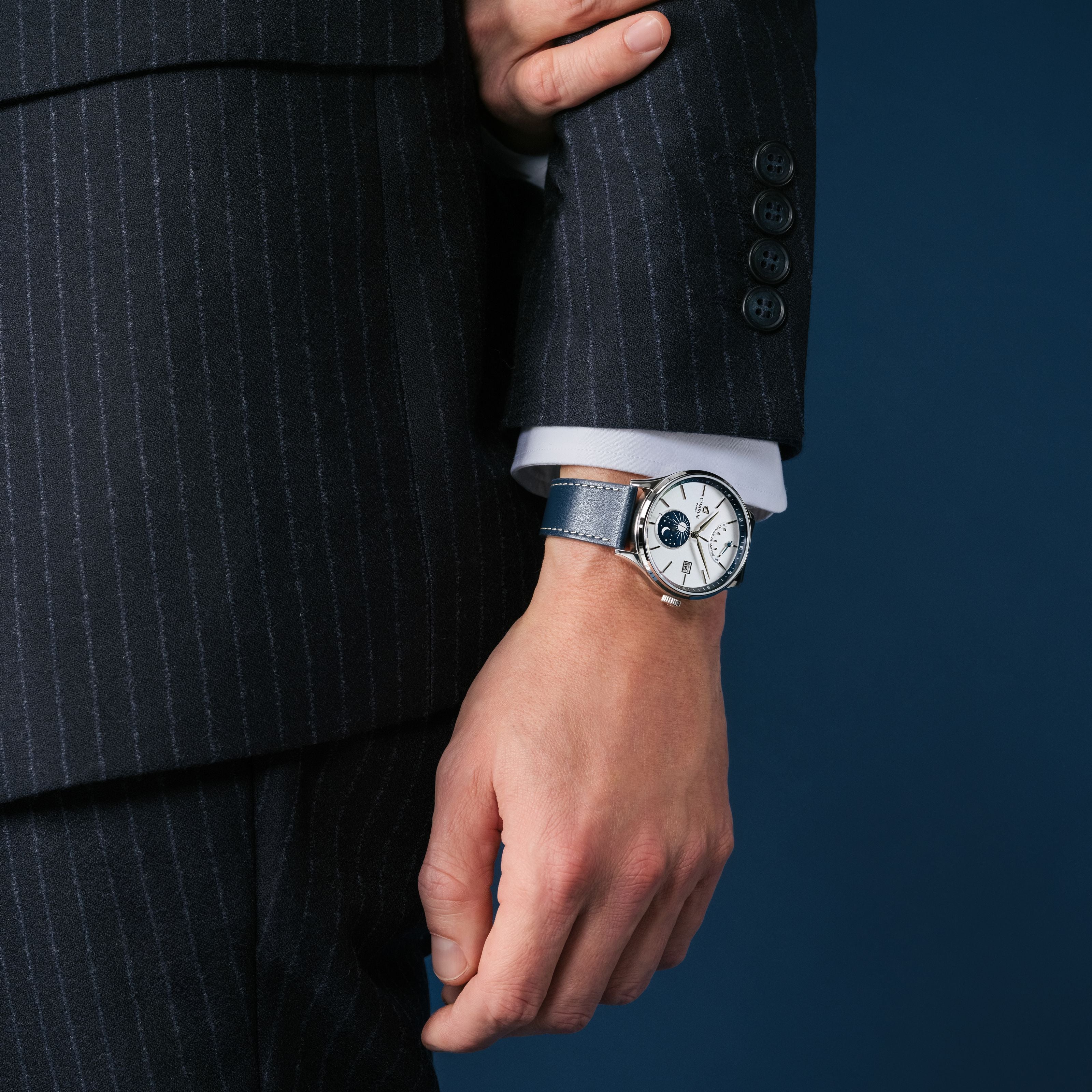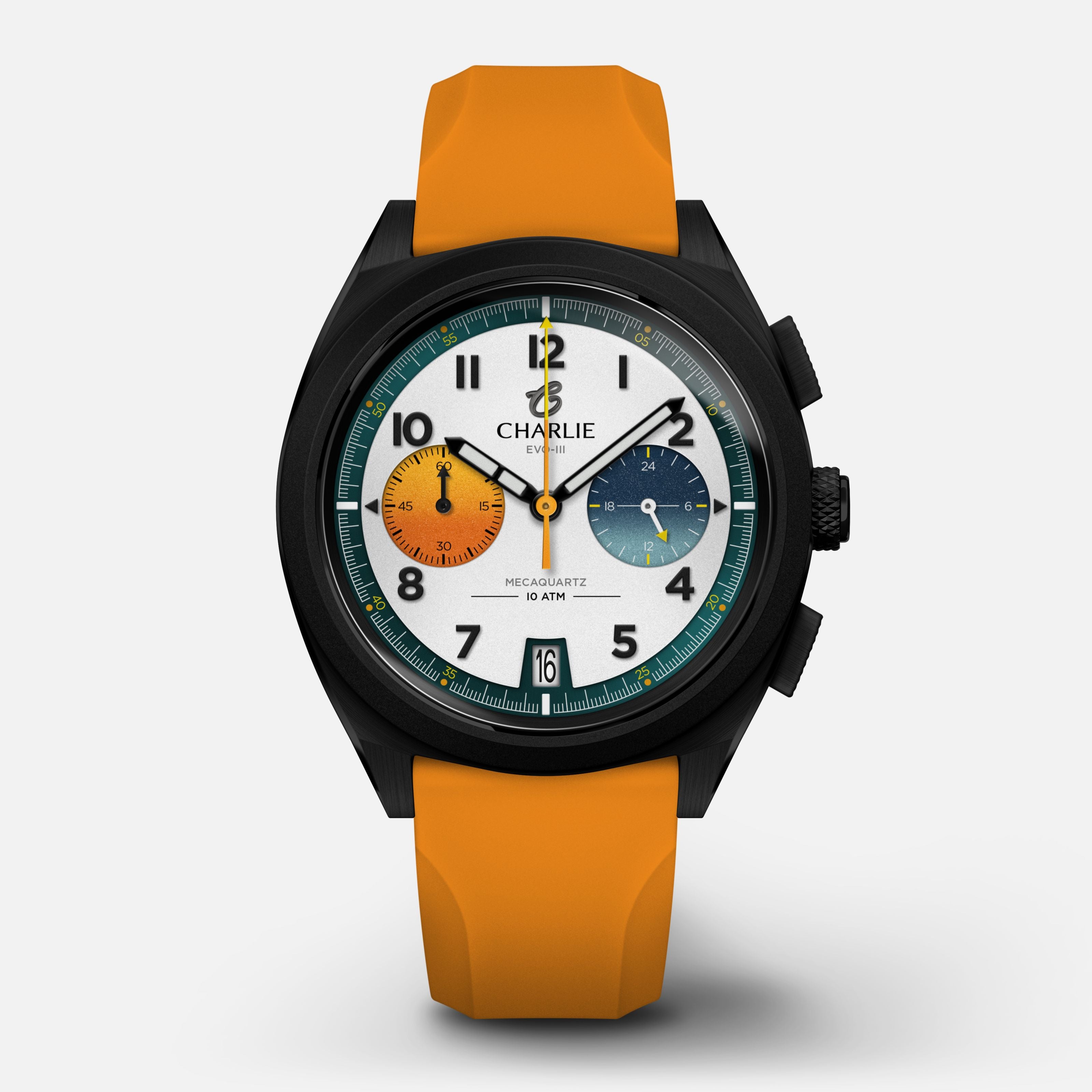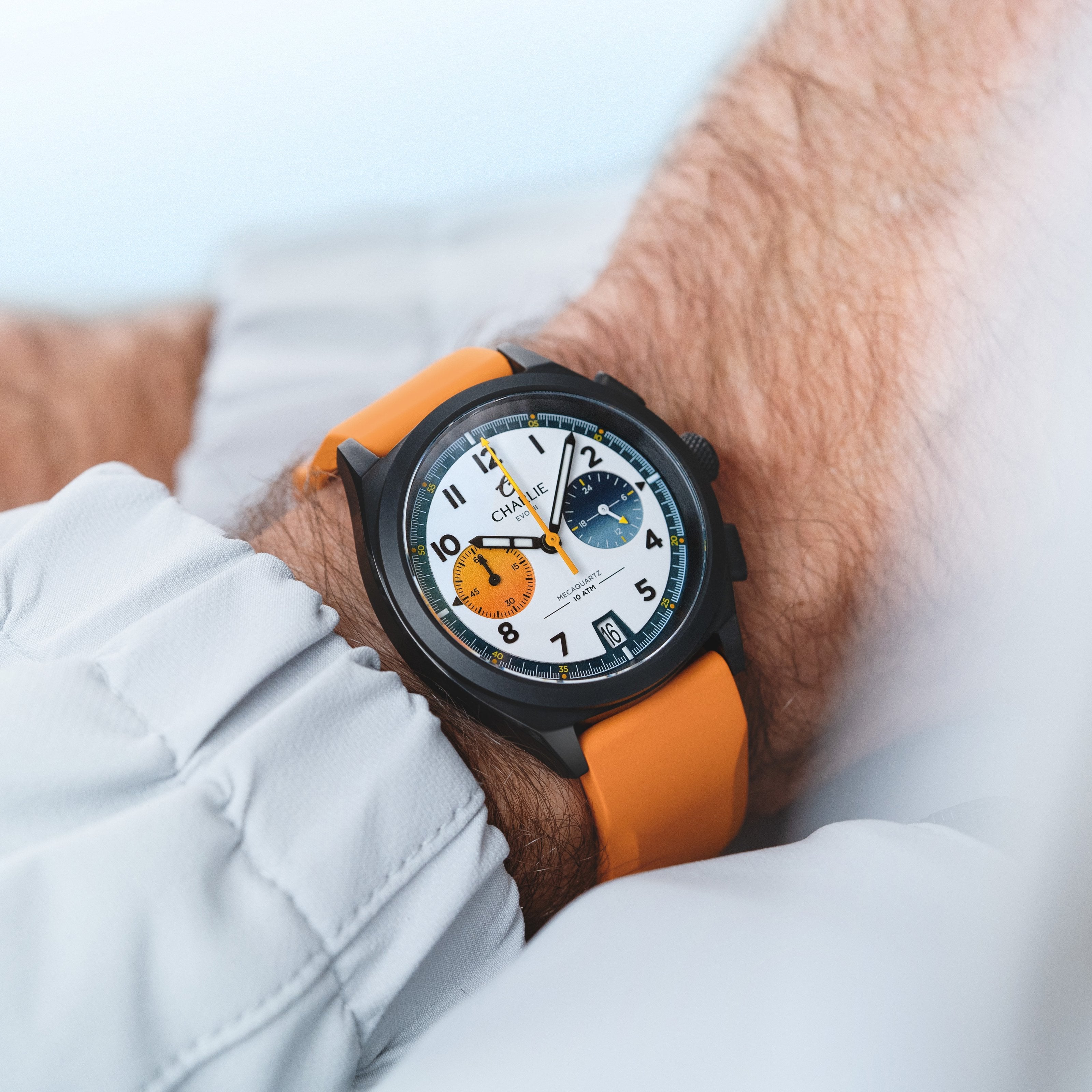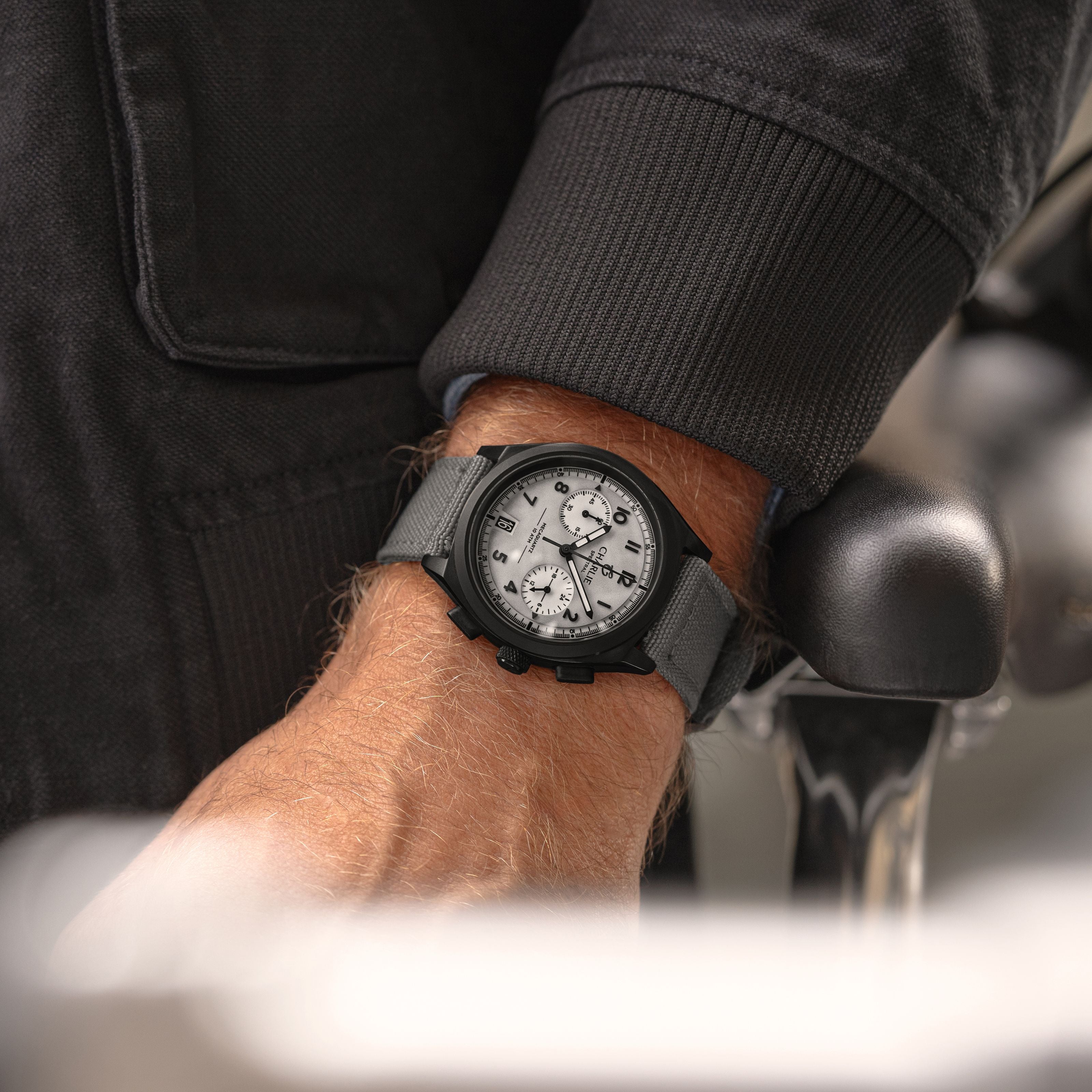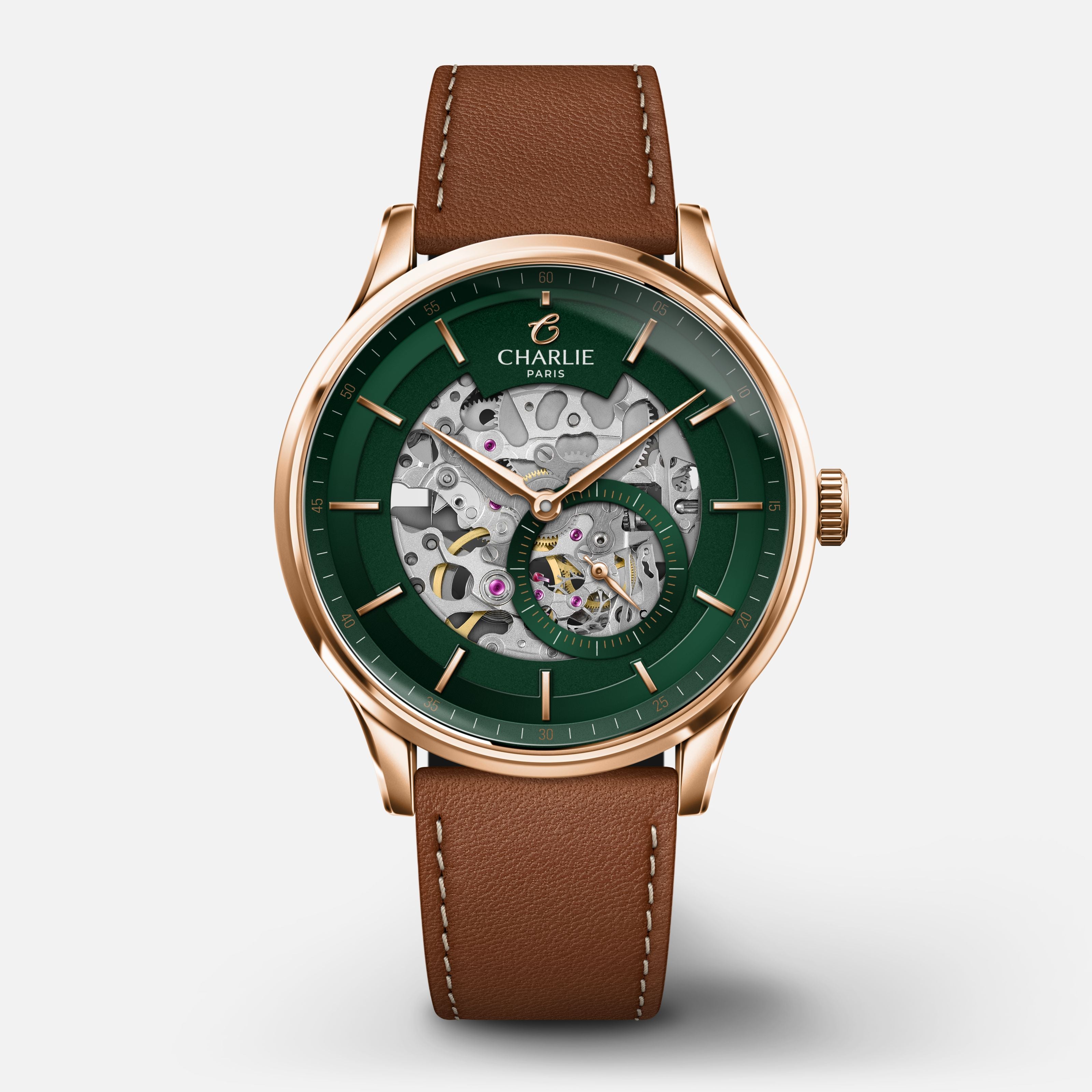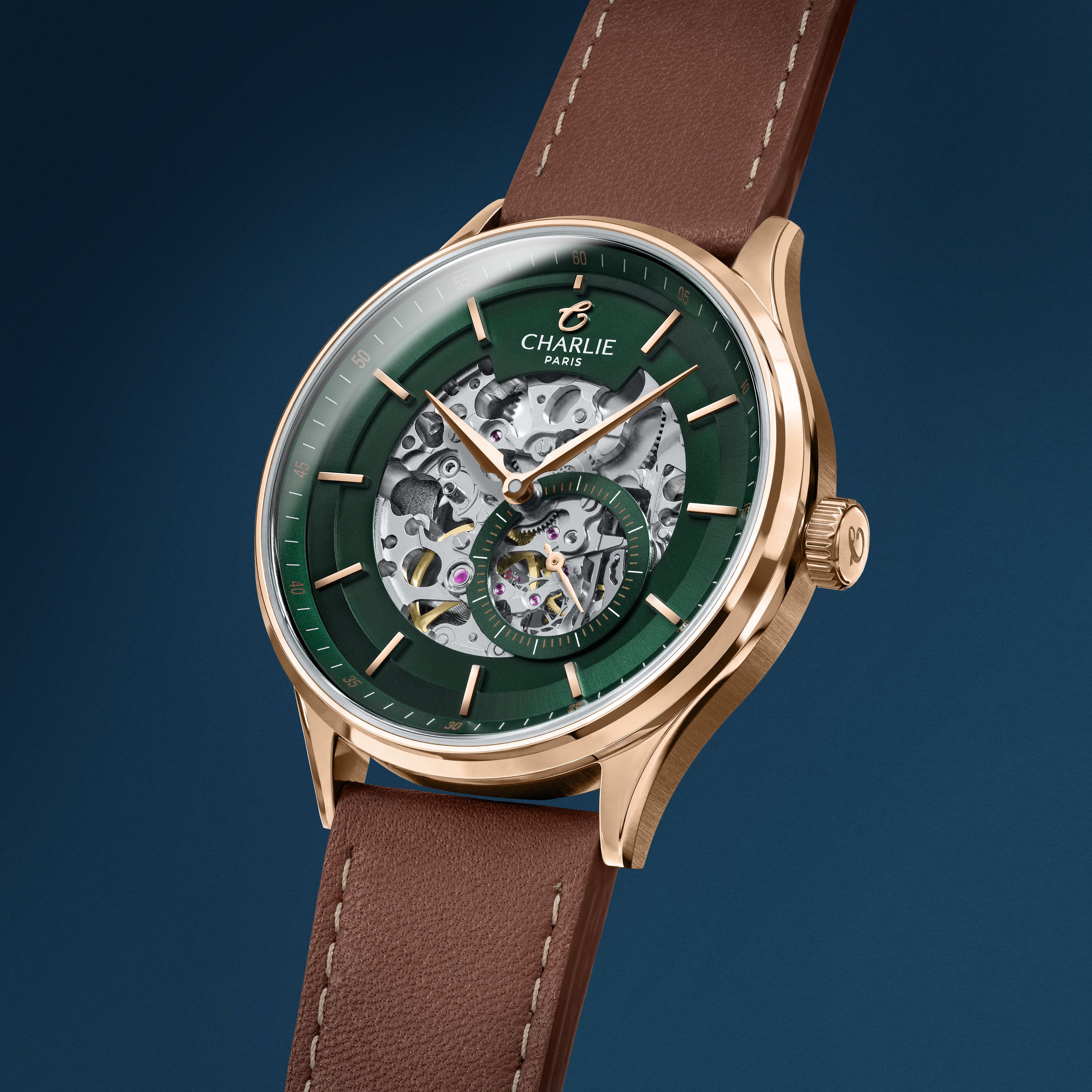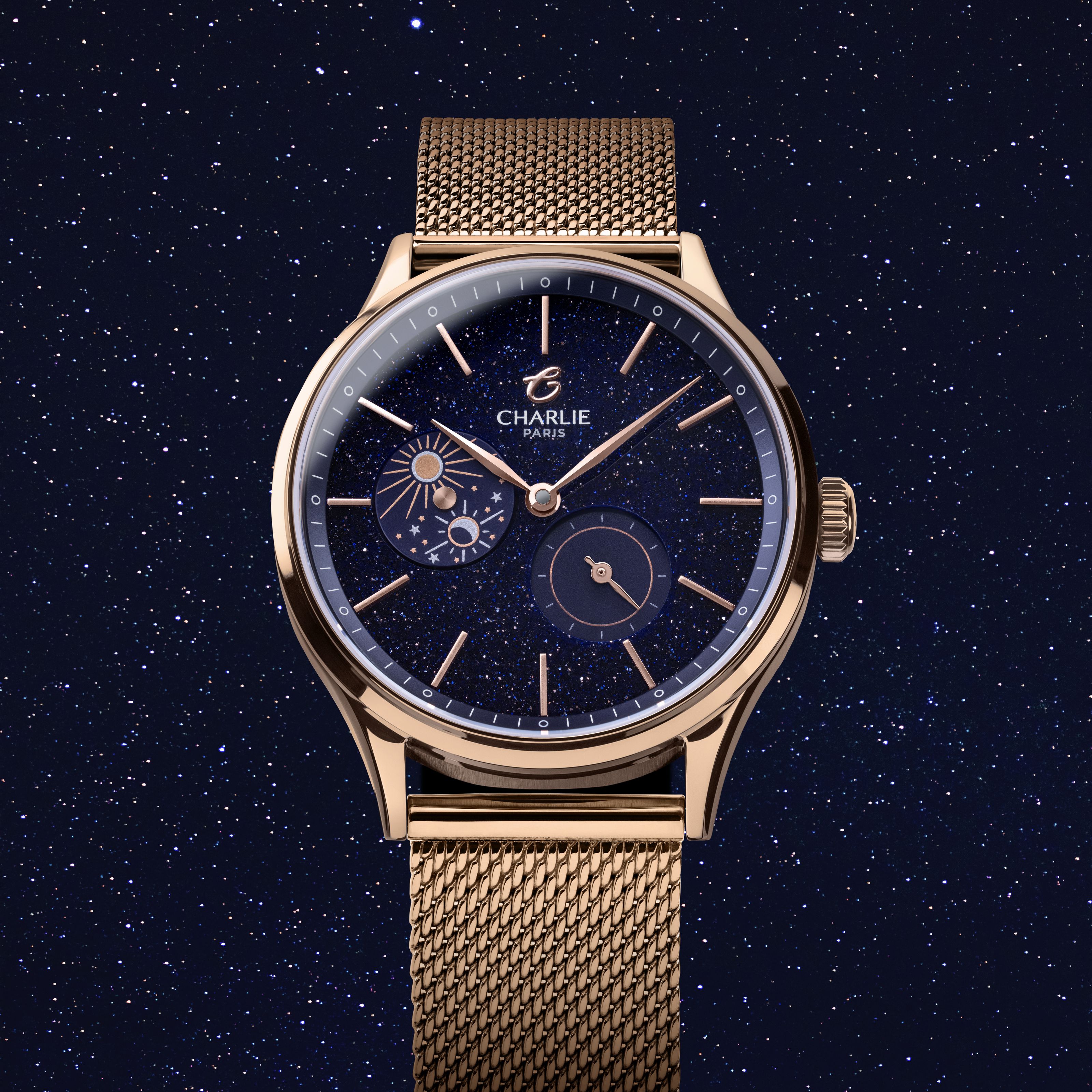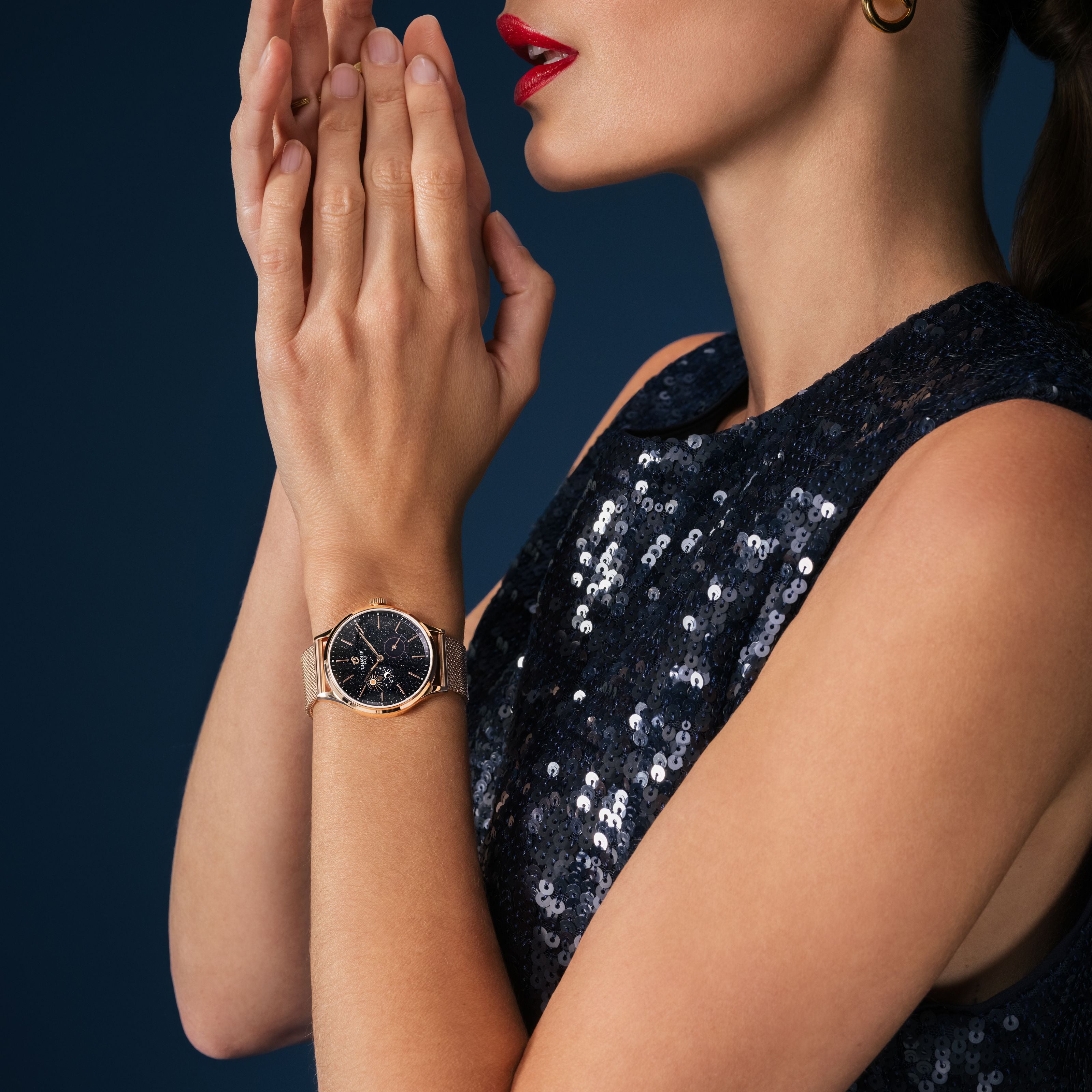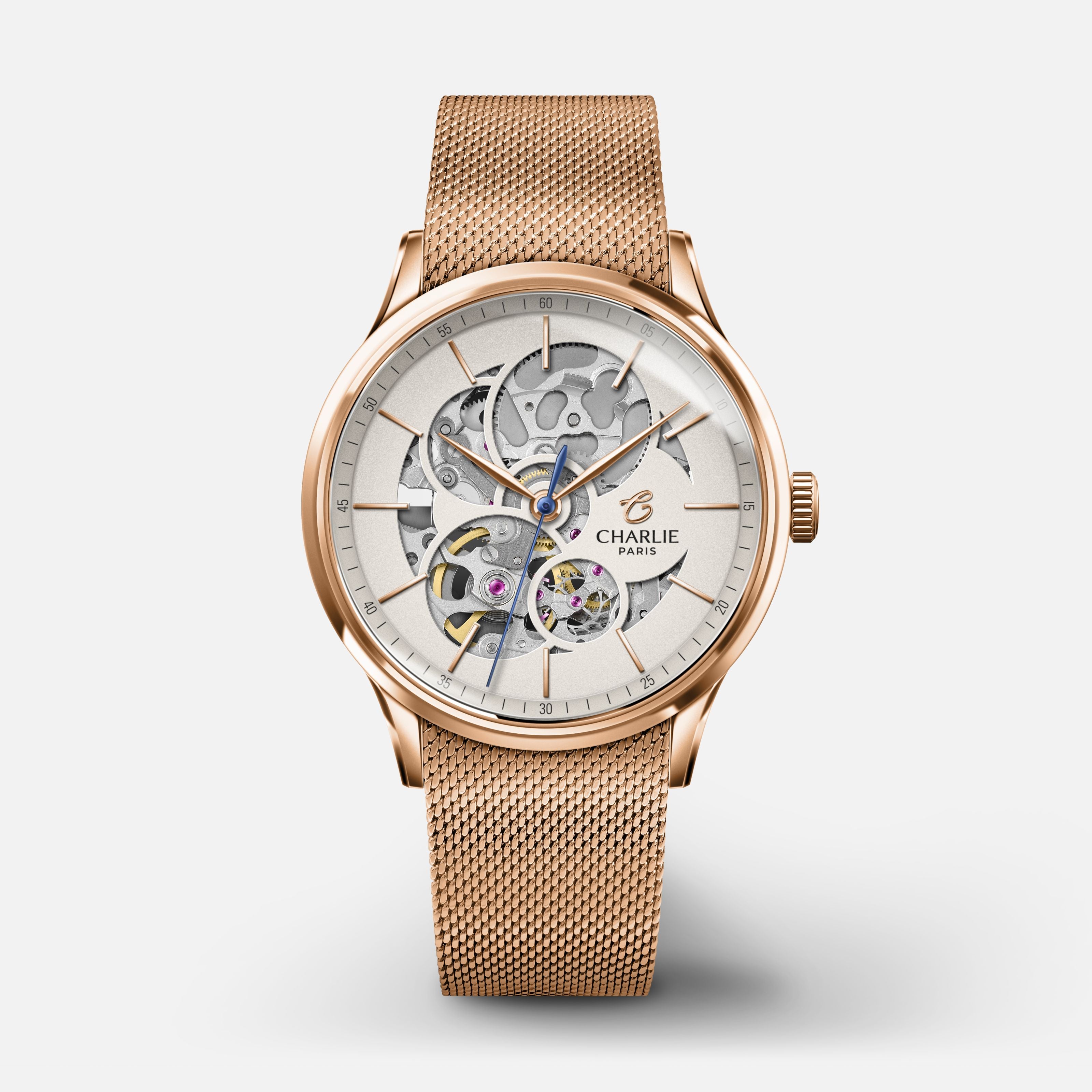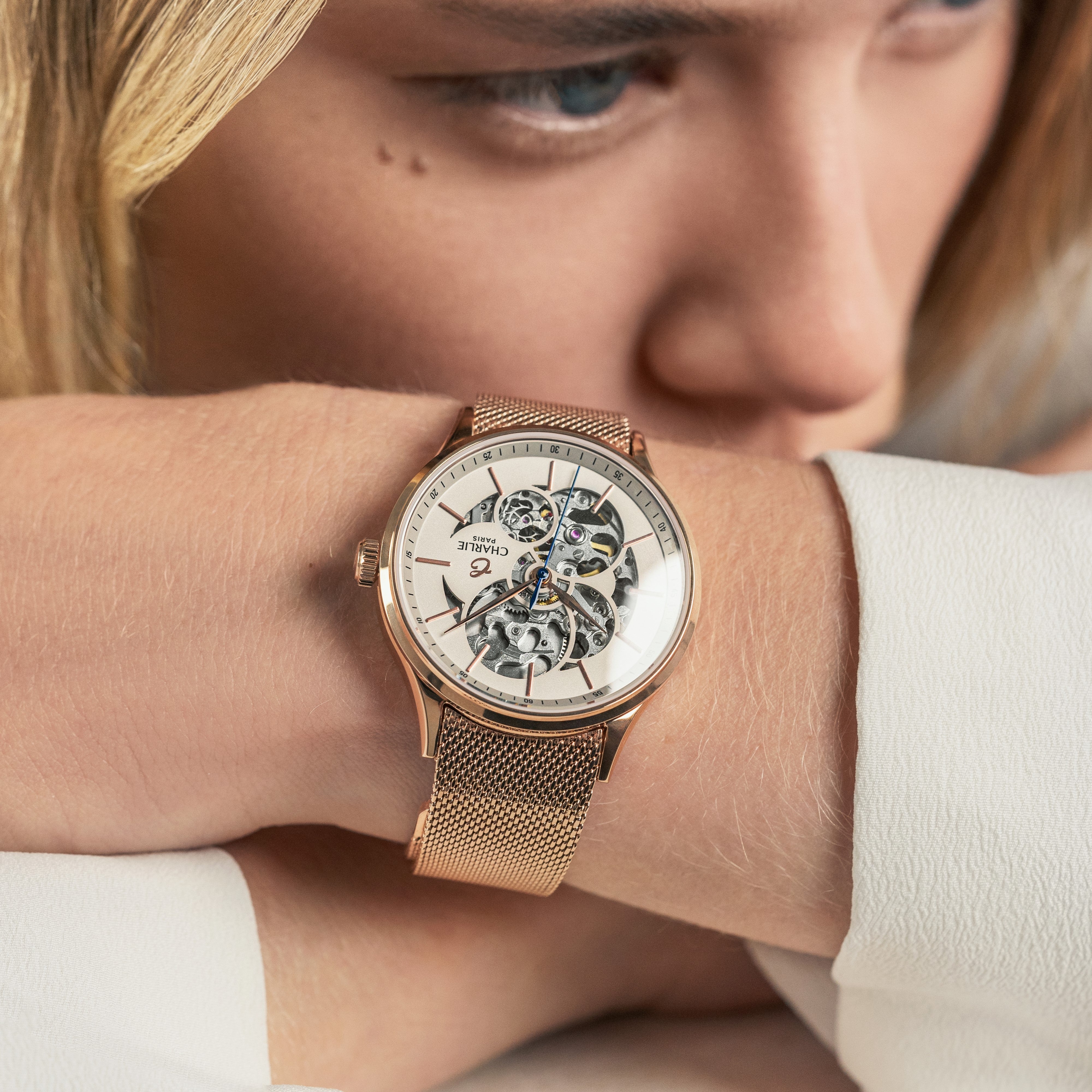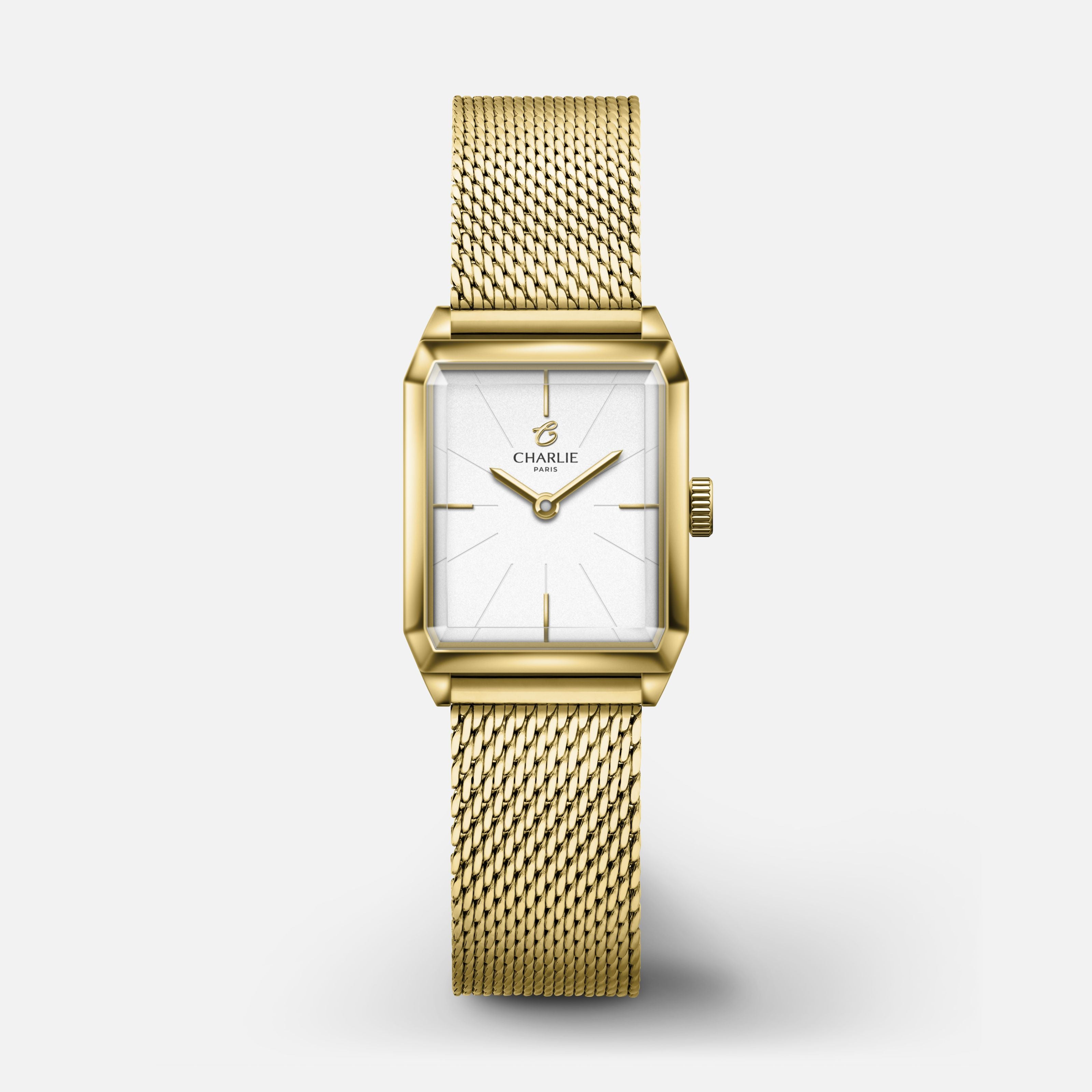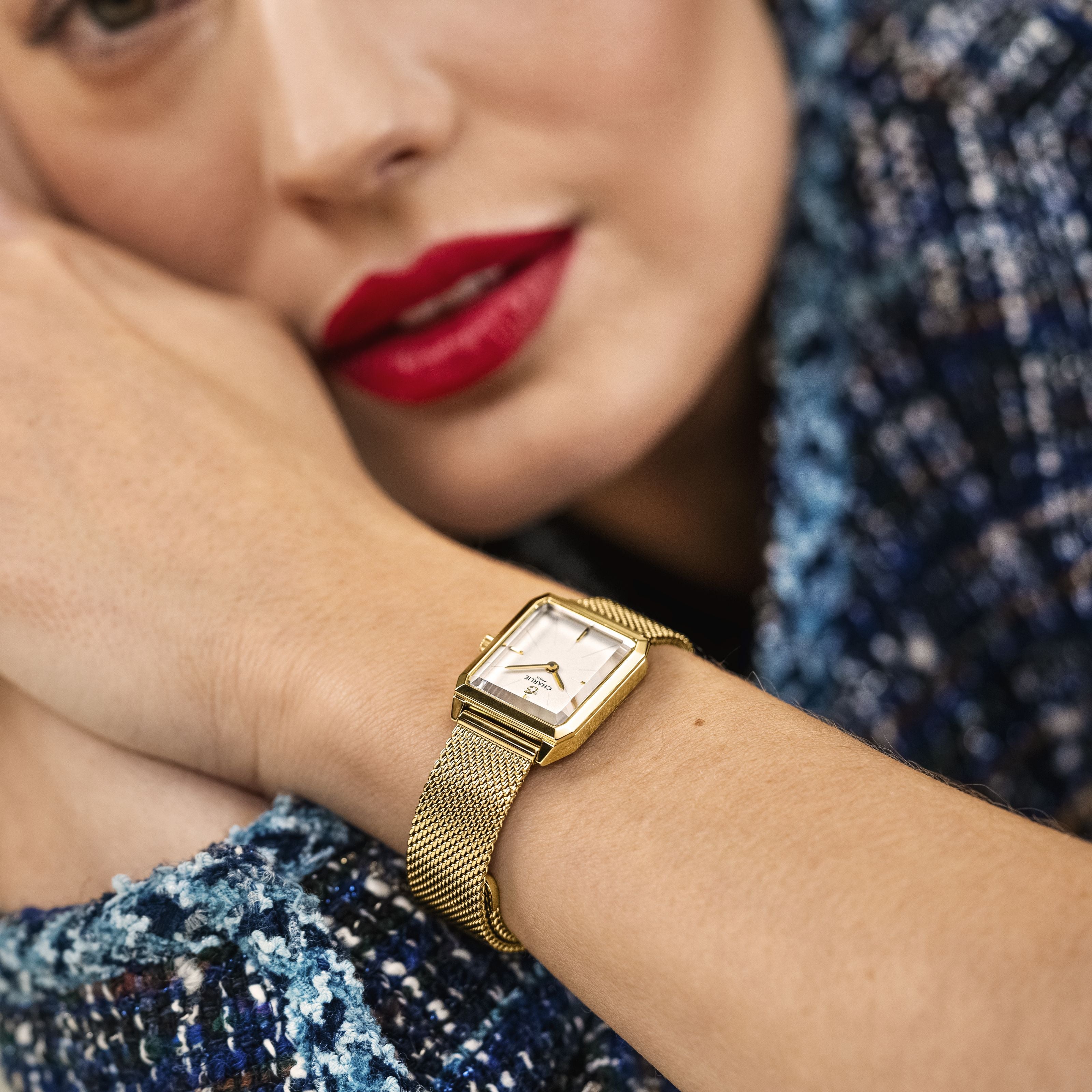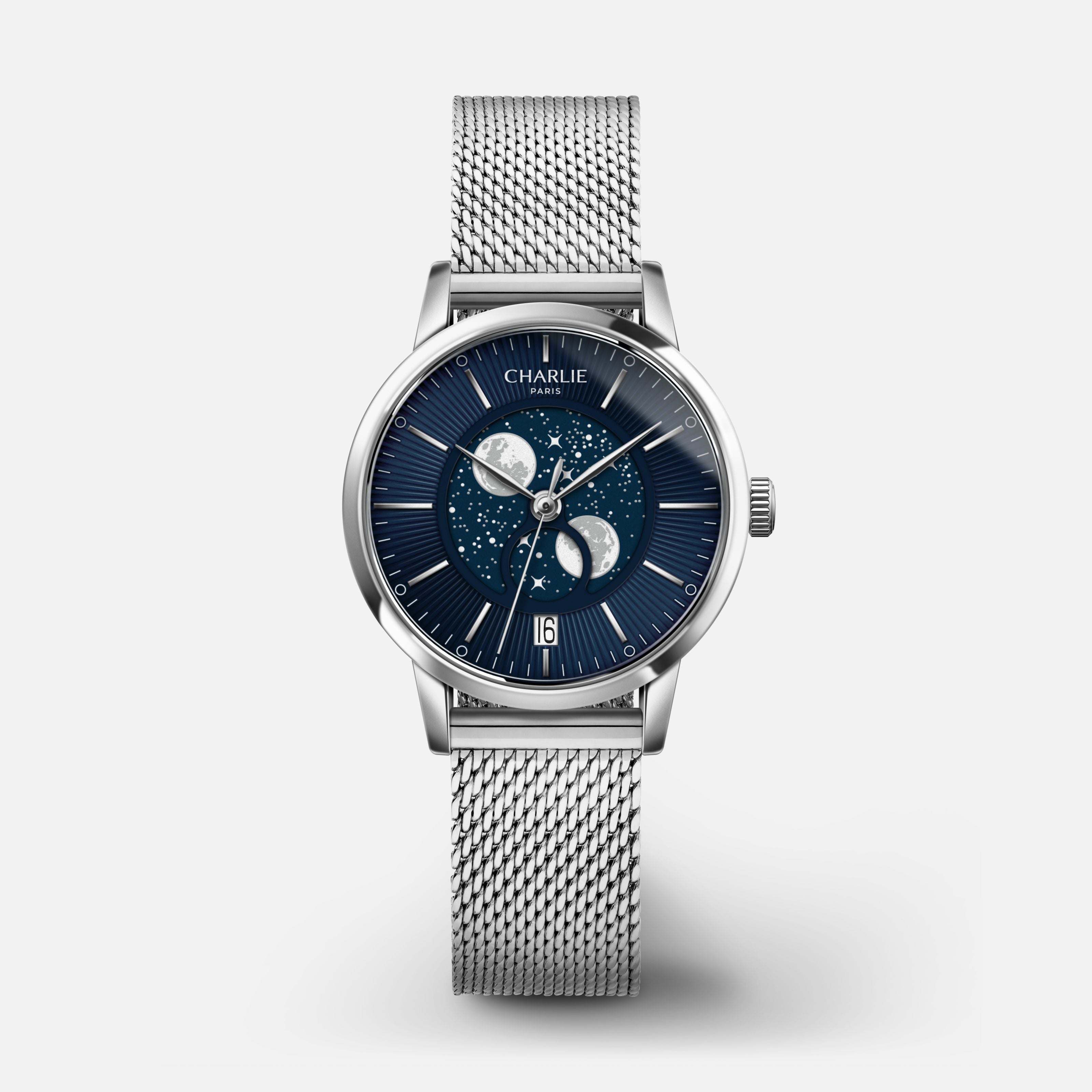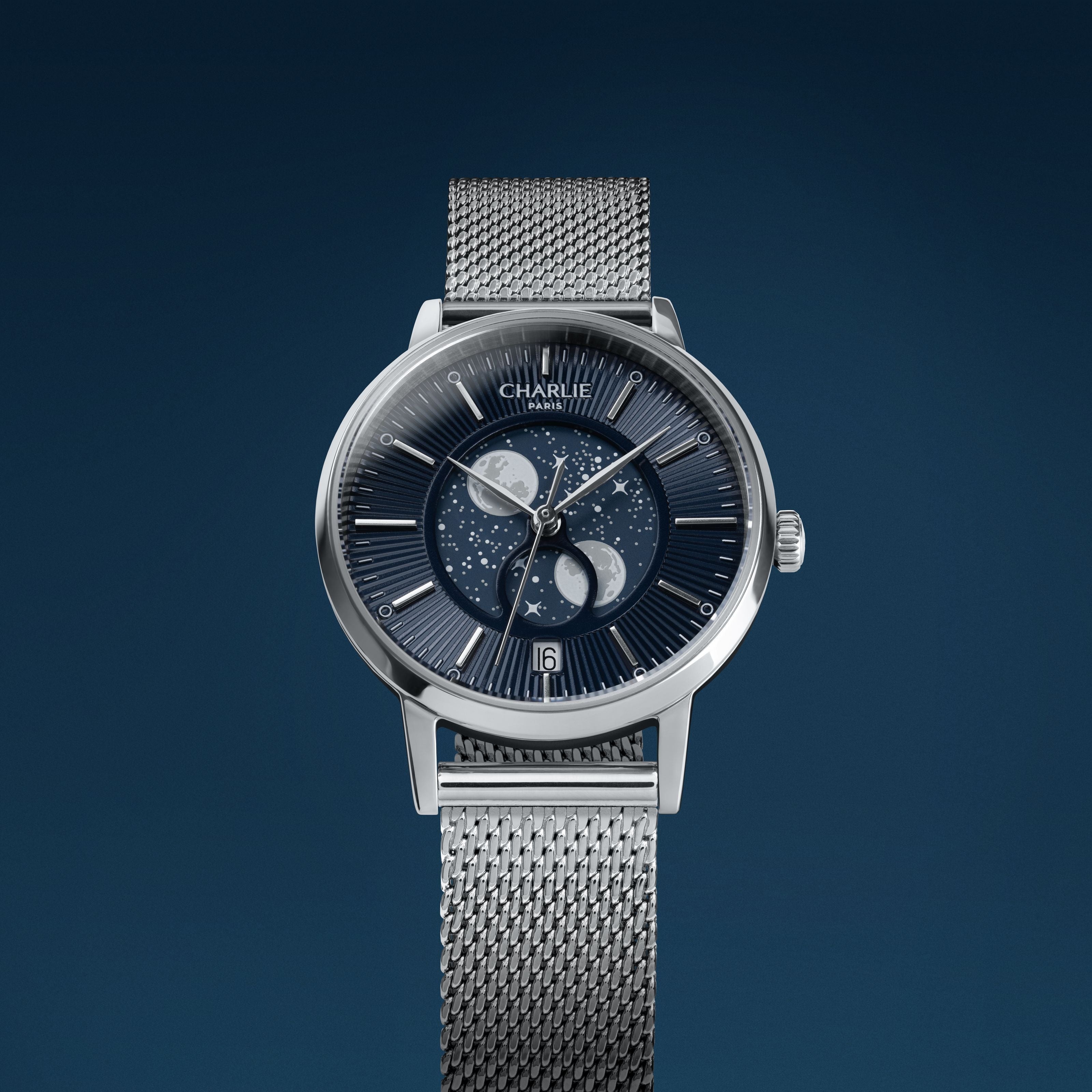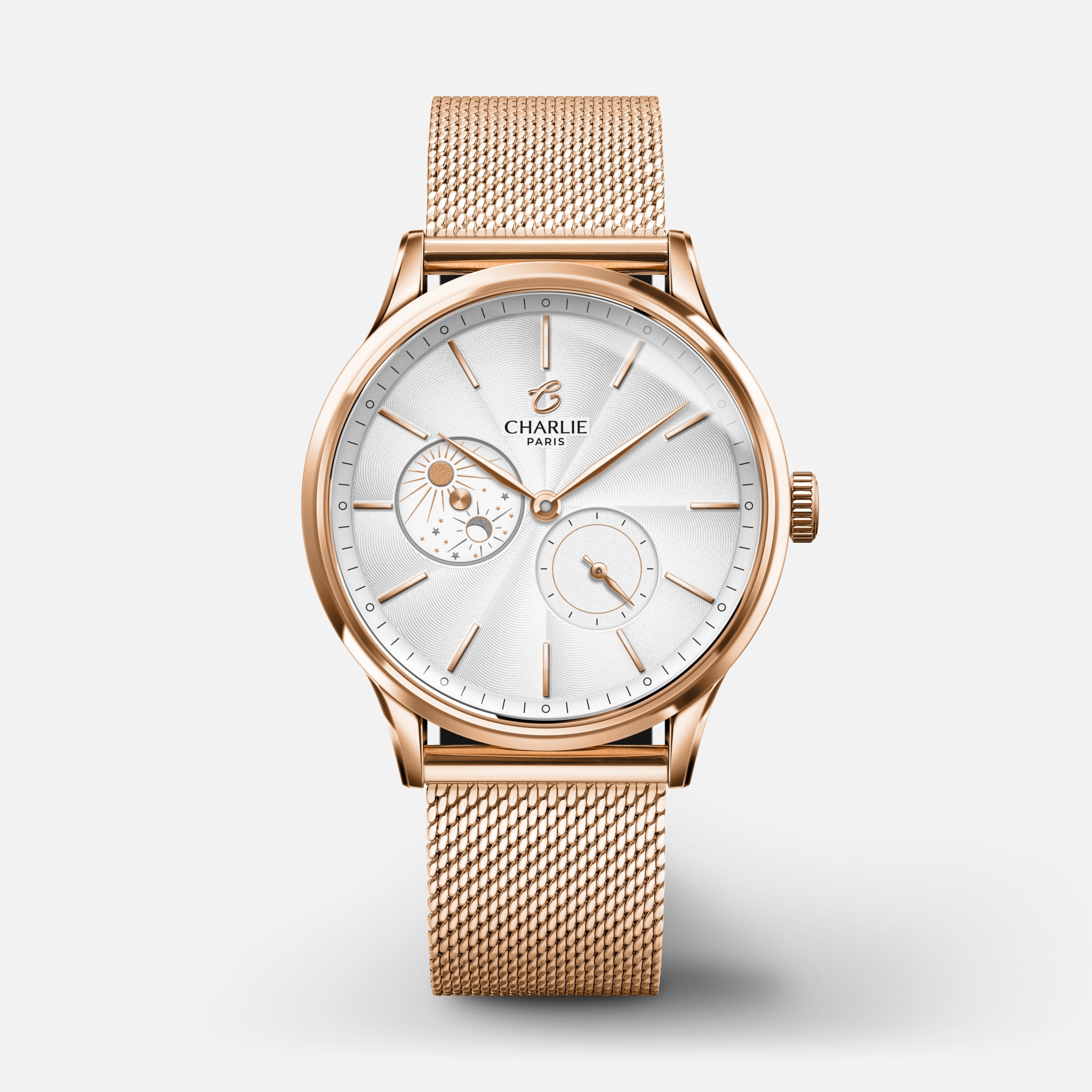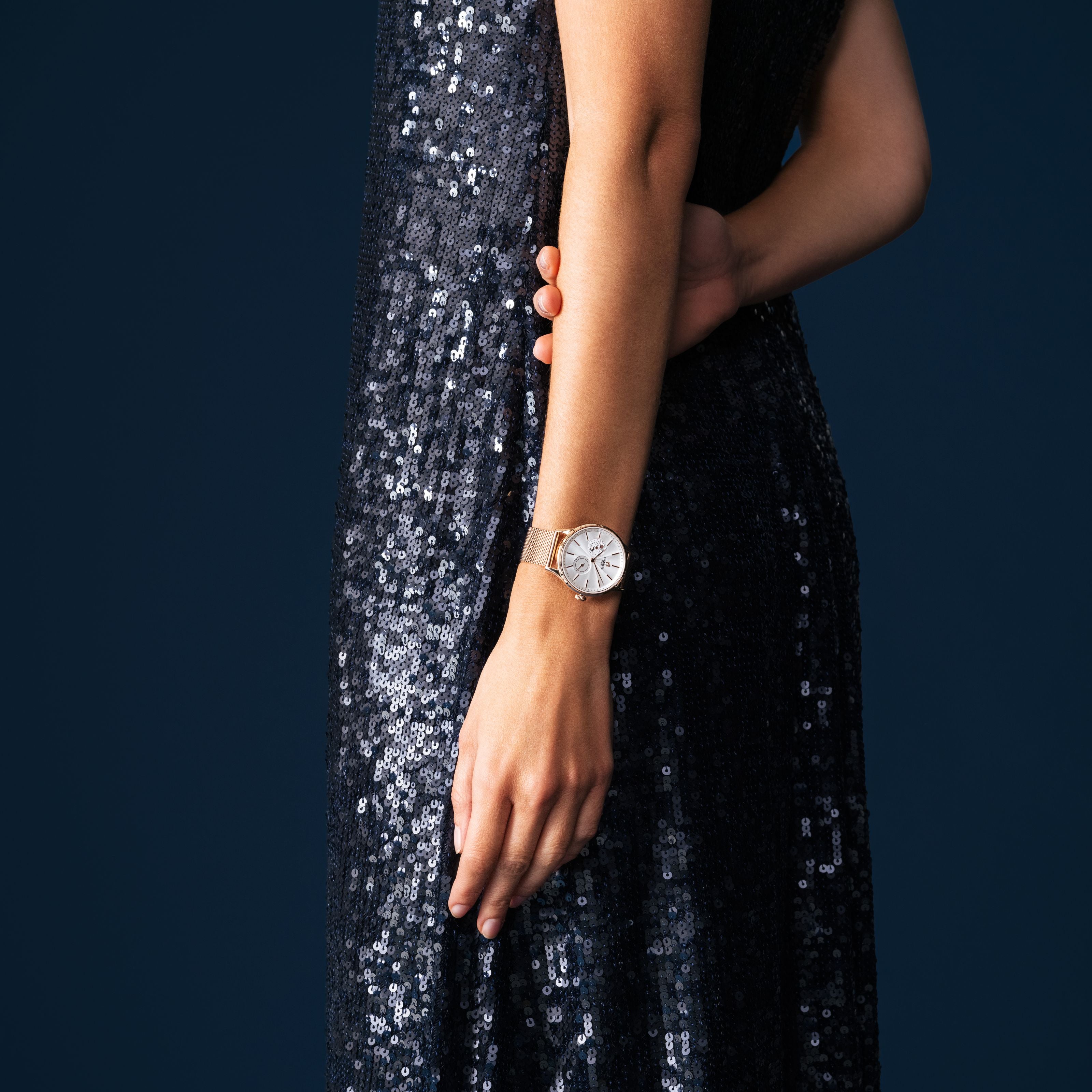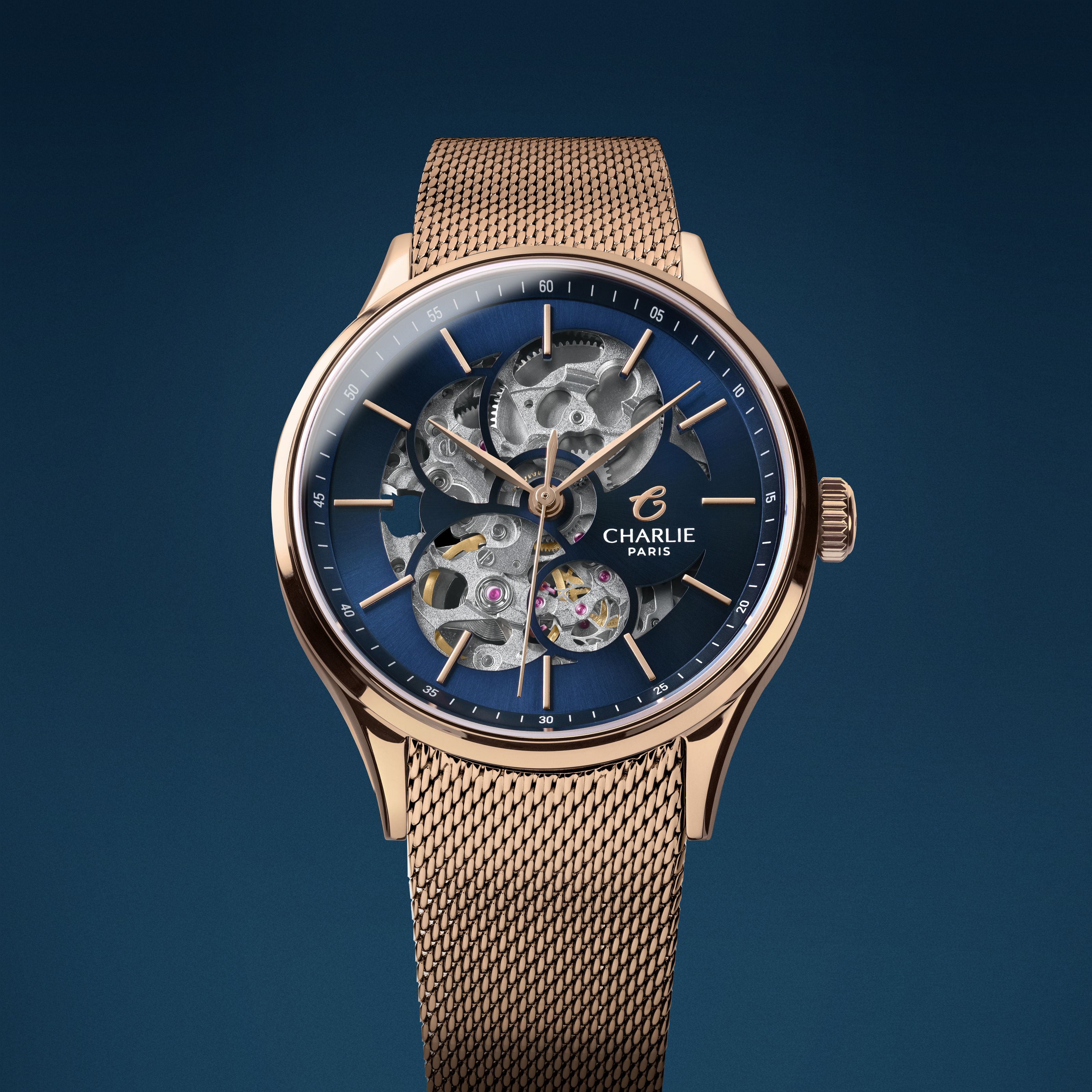How can you see the hands of your watch even in the dark? Quite simply, thanks to the Super-LumiNova on the hands of your watch. This blue-green gel allows the hands to glow in the dark and thus tell you the time. In this article, we will see in more detail the characteristics of Super Luminova on a watch.
The Super LumiNova, a substance rather difficult to find
The effect of Super-LumiNova in a watch
Super-LumiNova accumulates energy when exposed to ultraviolet light. When the light source is turned off, the accumulated energy is released as light. This phosphorescent pigment Super-LumiNova does not degrade over time and therefore allows with its blue-green color to read the time on your Charlie Paris watches at any time. This system is indeed present on the GR and Concordia men's watches, which are automatic watches for men, also available in quartz version. Discover the GR waterproof watch and the Concordia diving watch below.
Read more
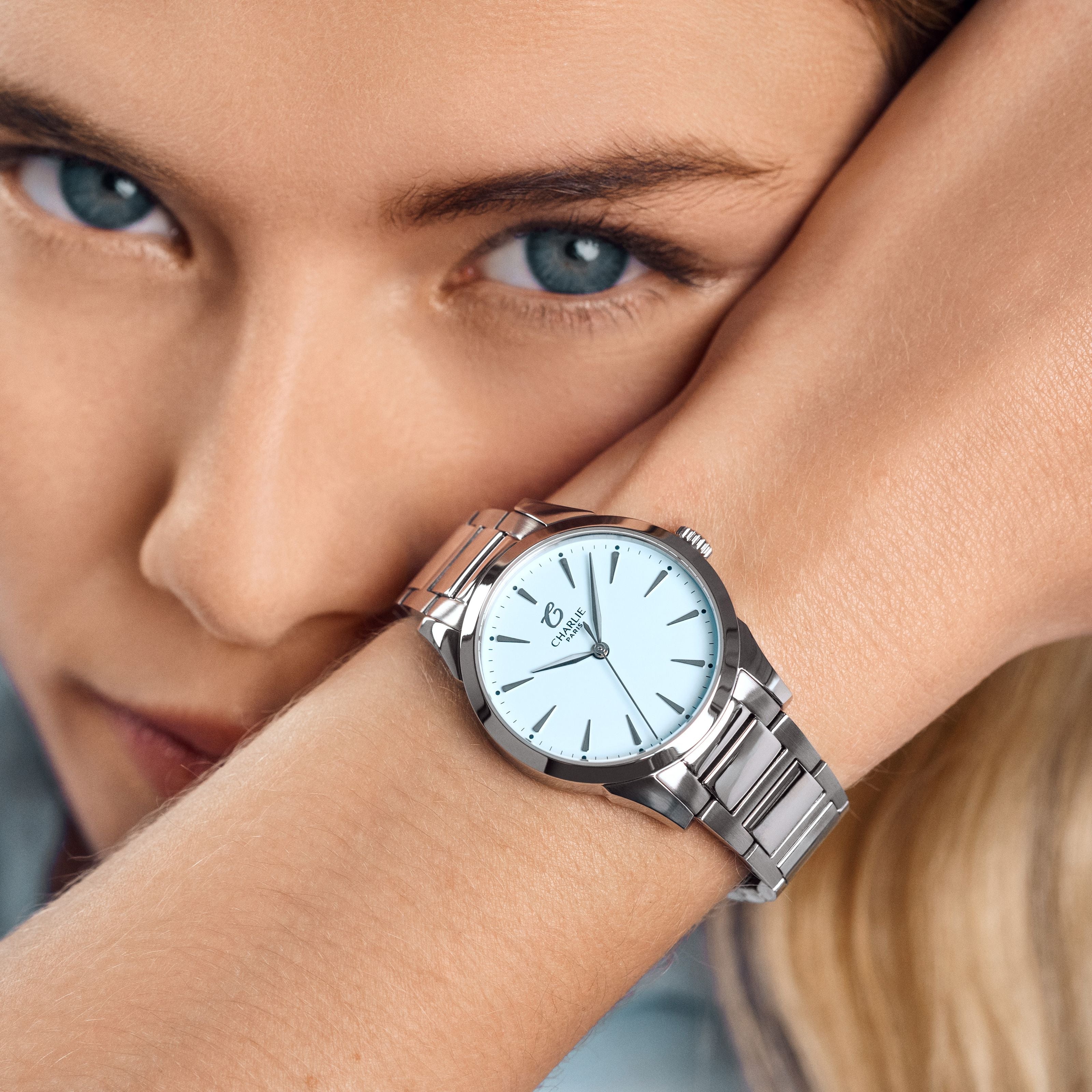
Some of you may want to take the challenge and change the battery of your watch on your own!
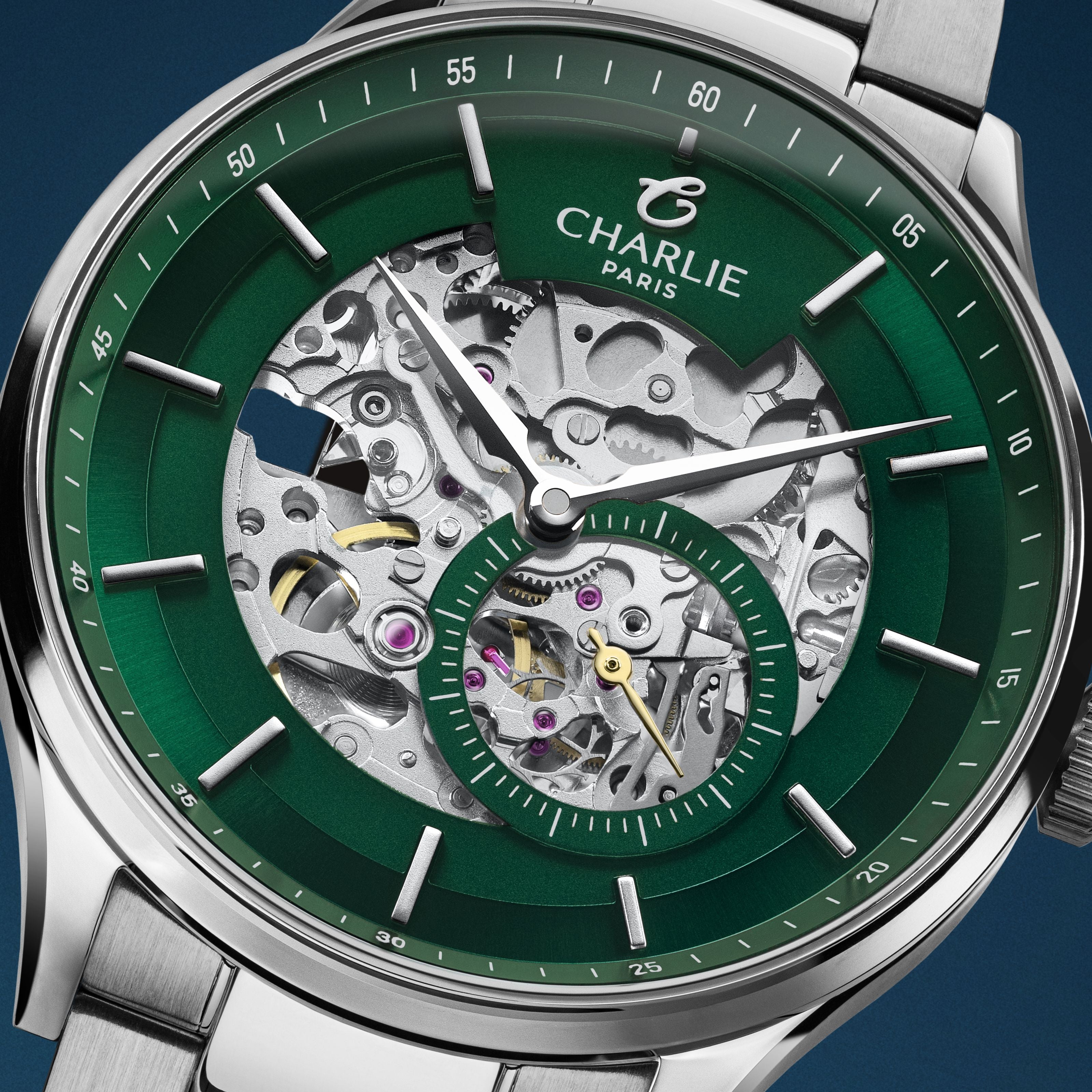
Why are there 60 seconds in a minute, 60 minutes in an hour and 24 hours in a day? To find the origin, we must go back to the Egyptian antiquity.


